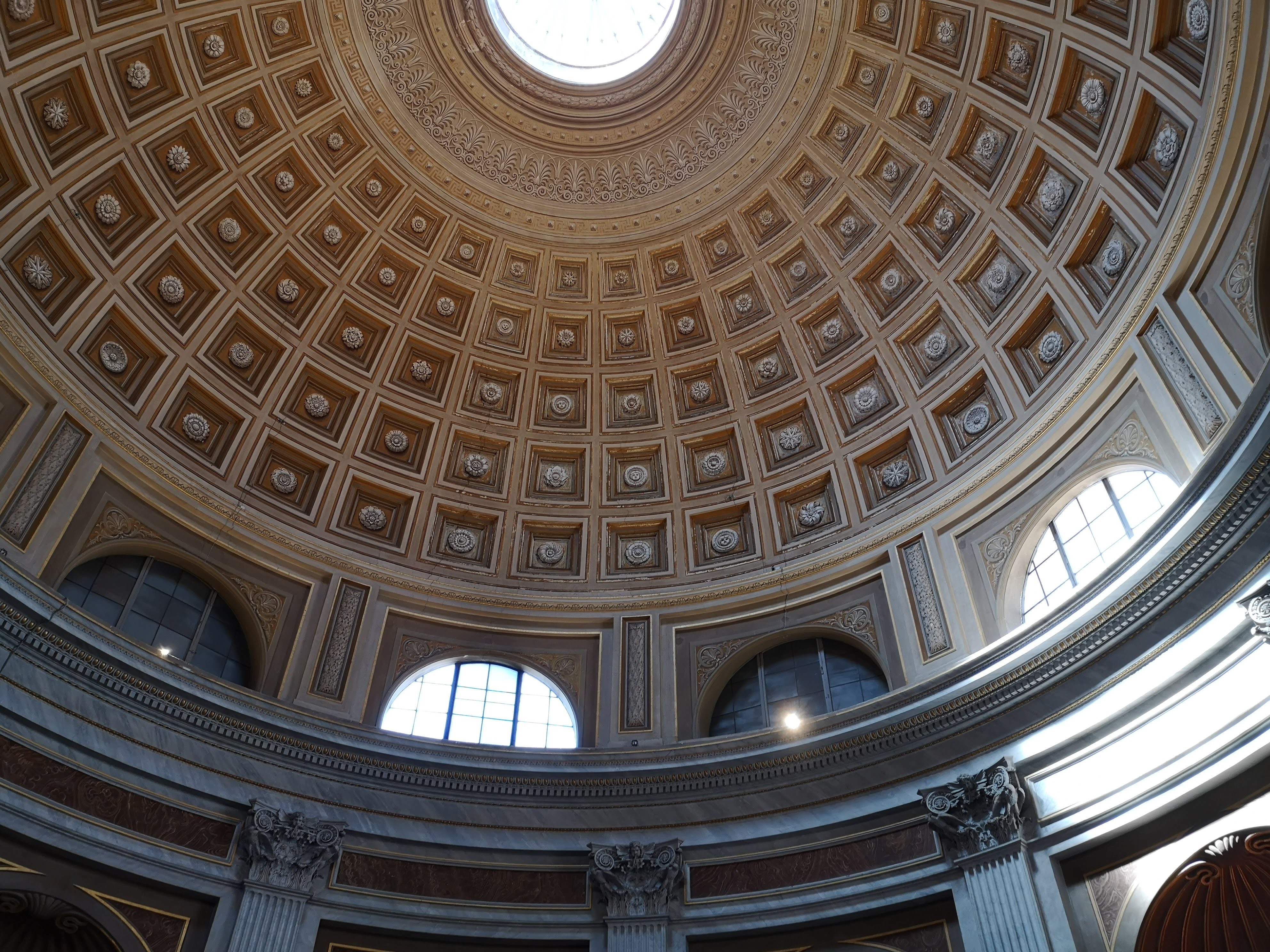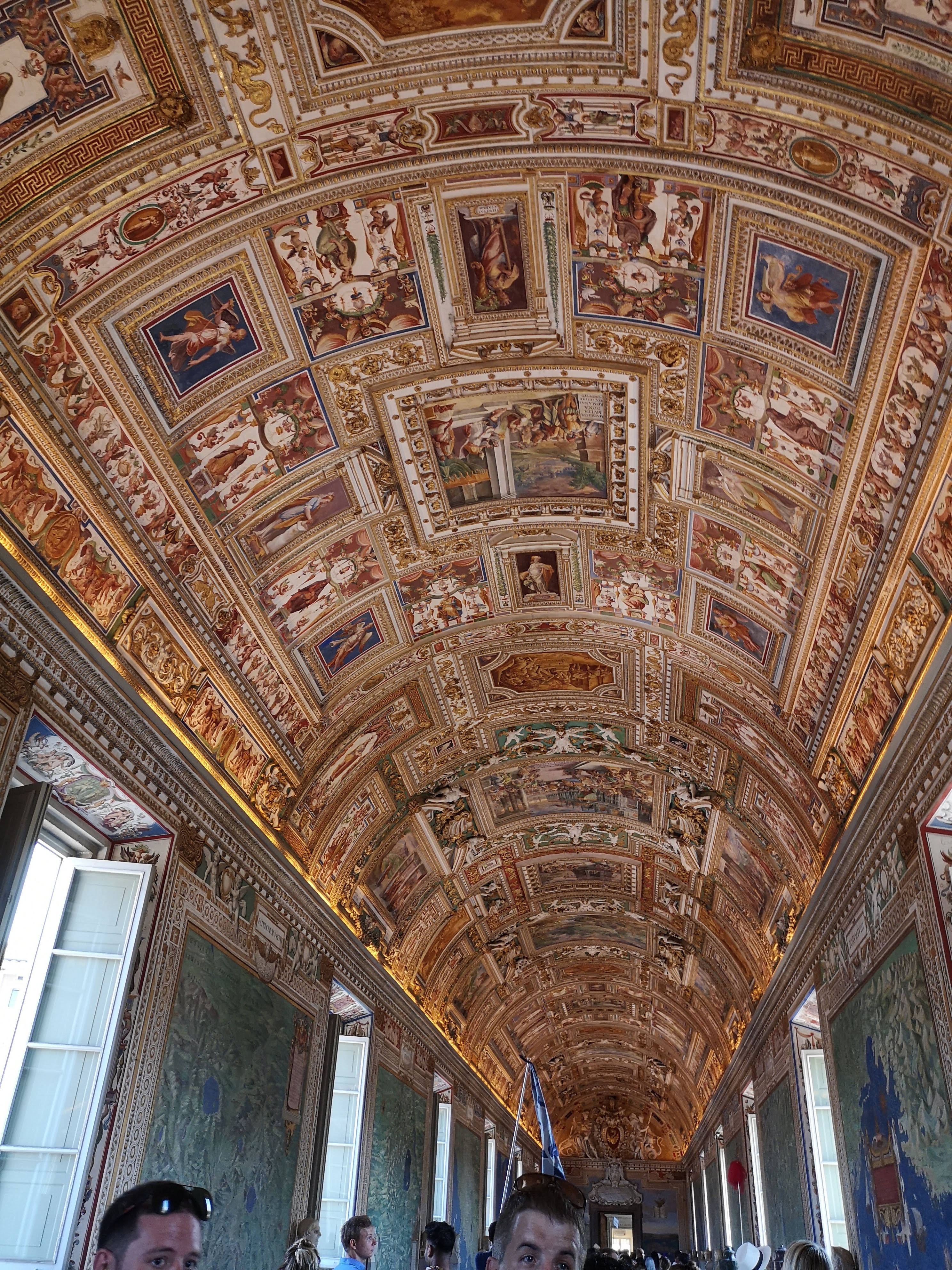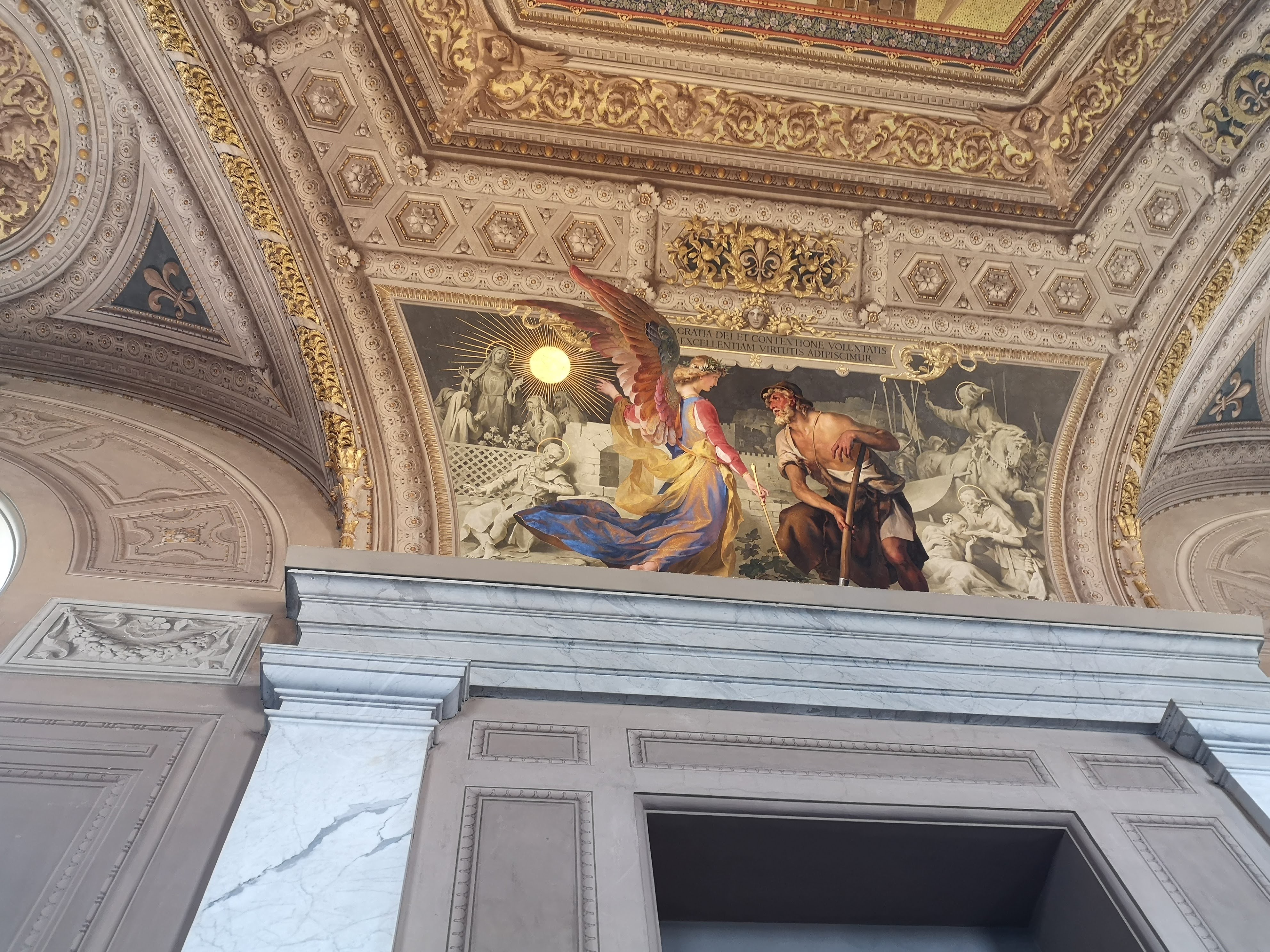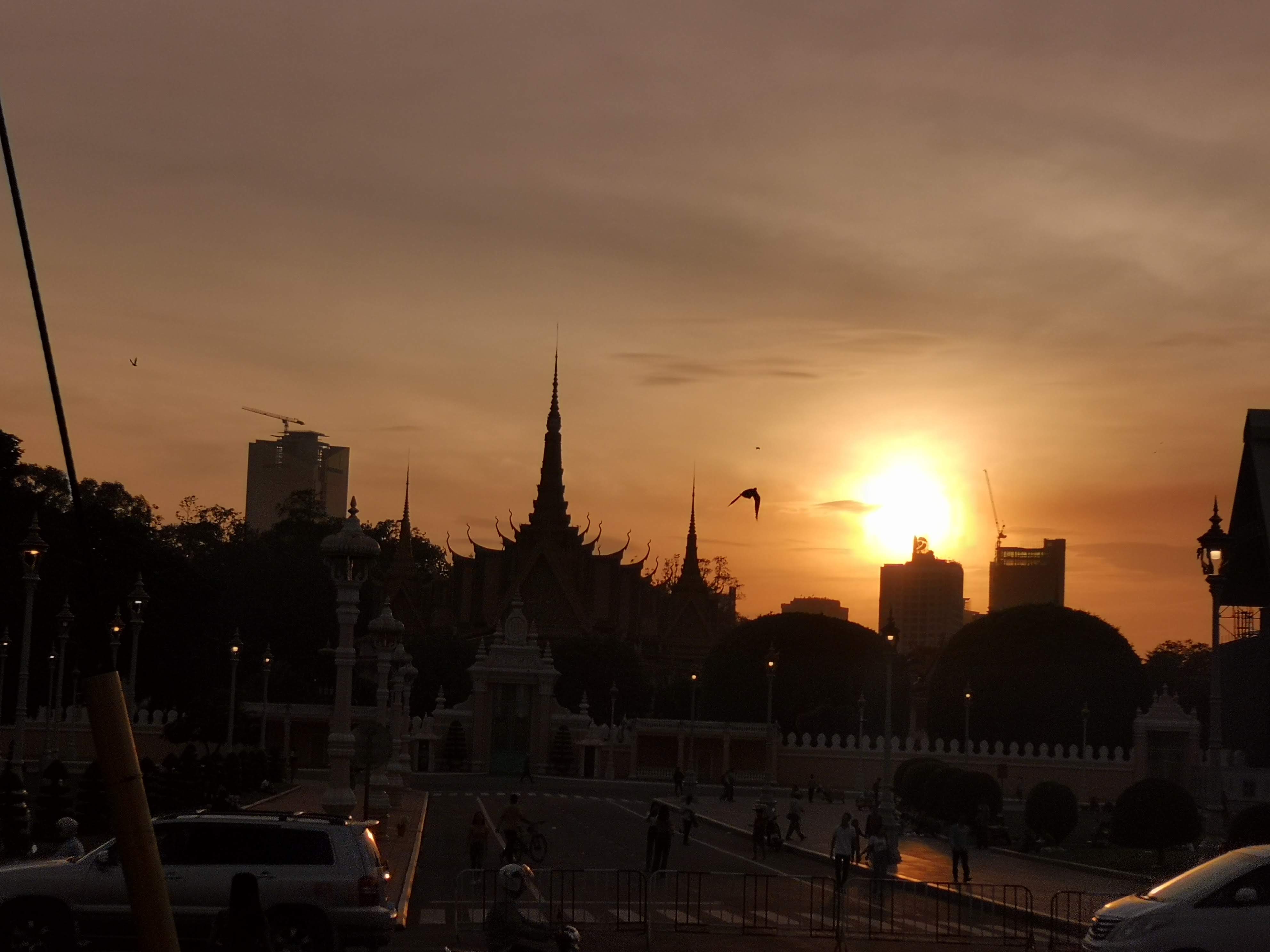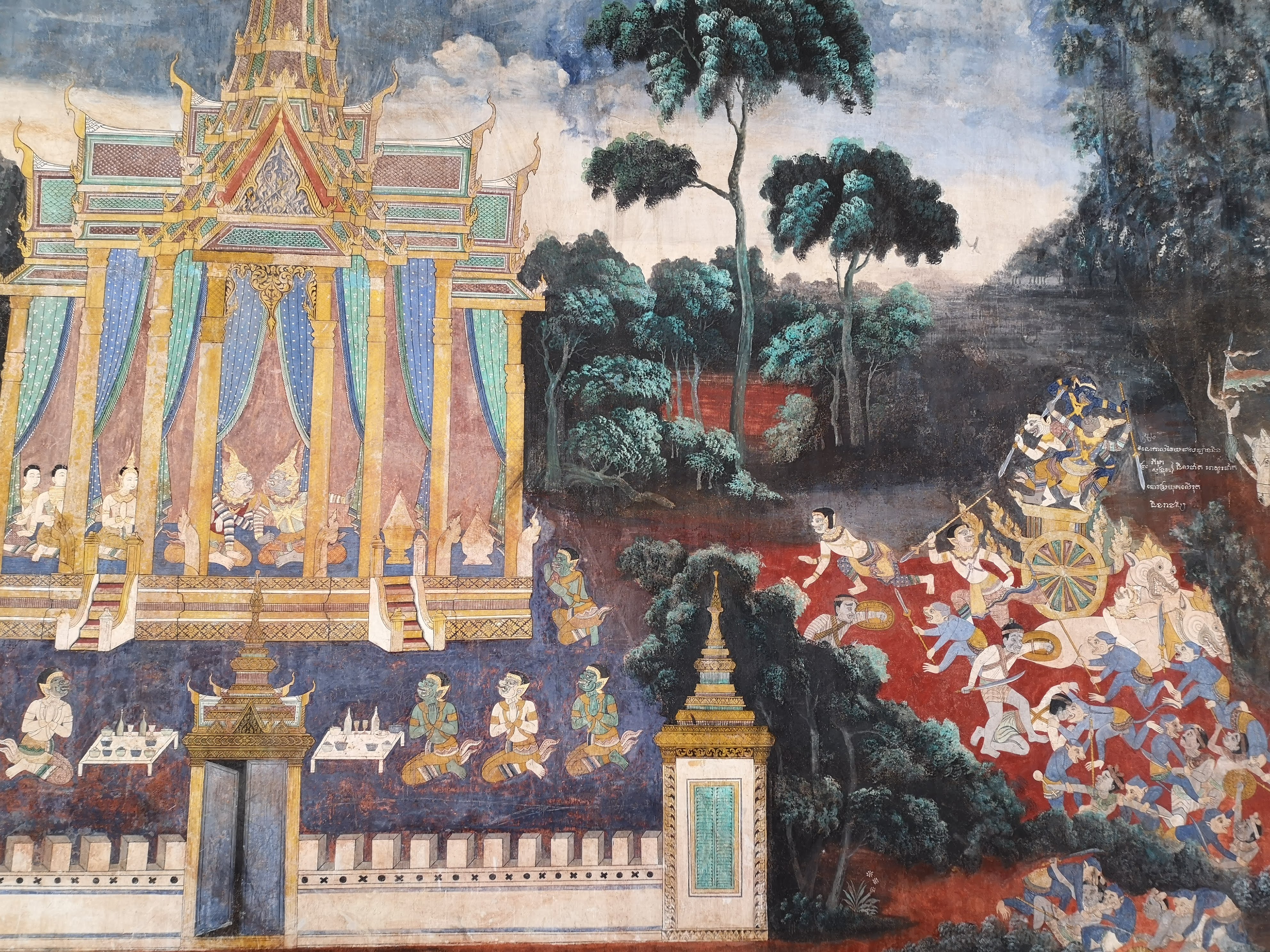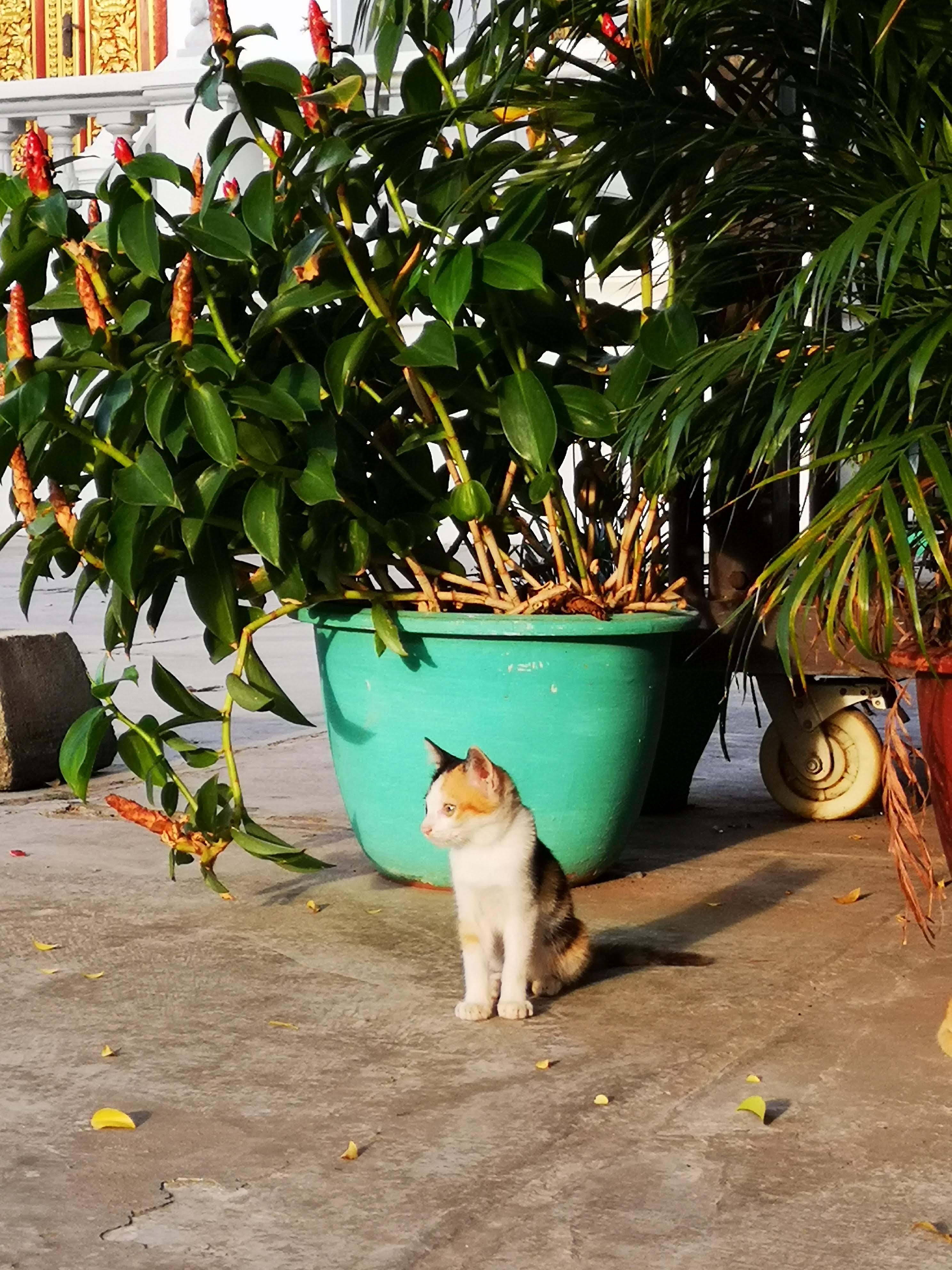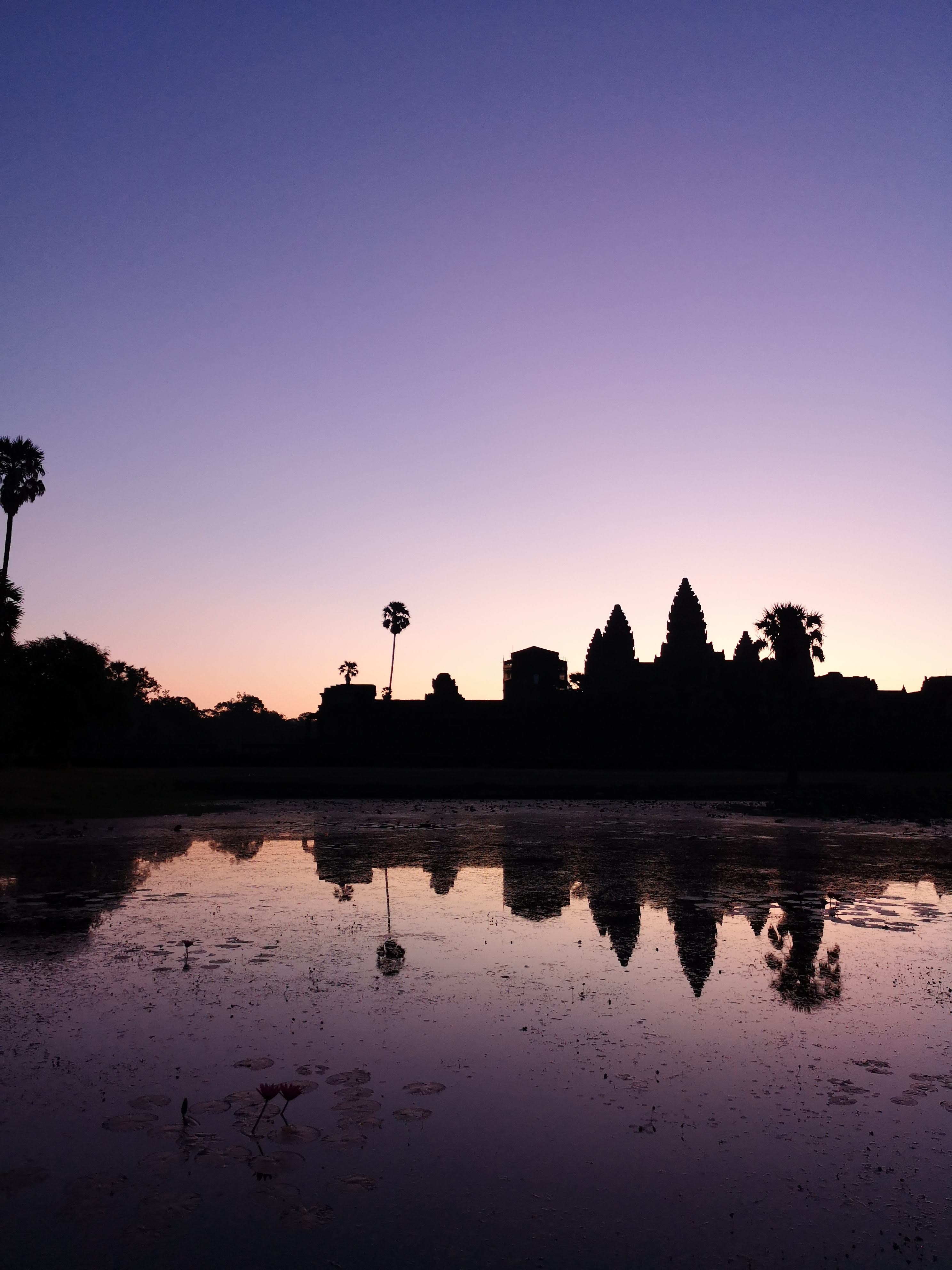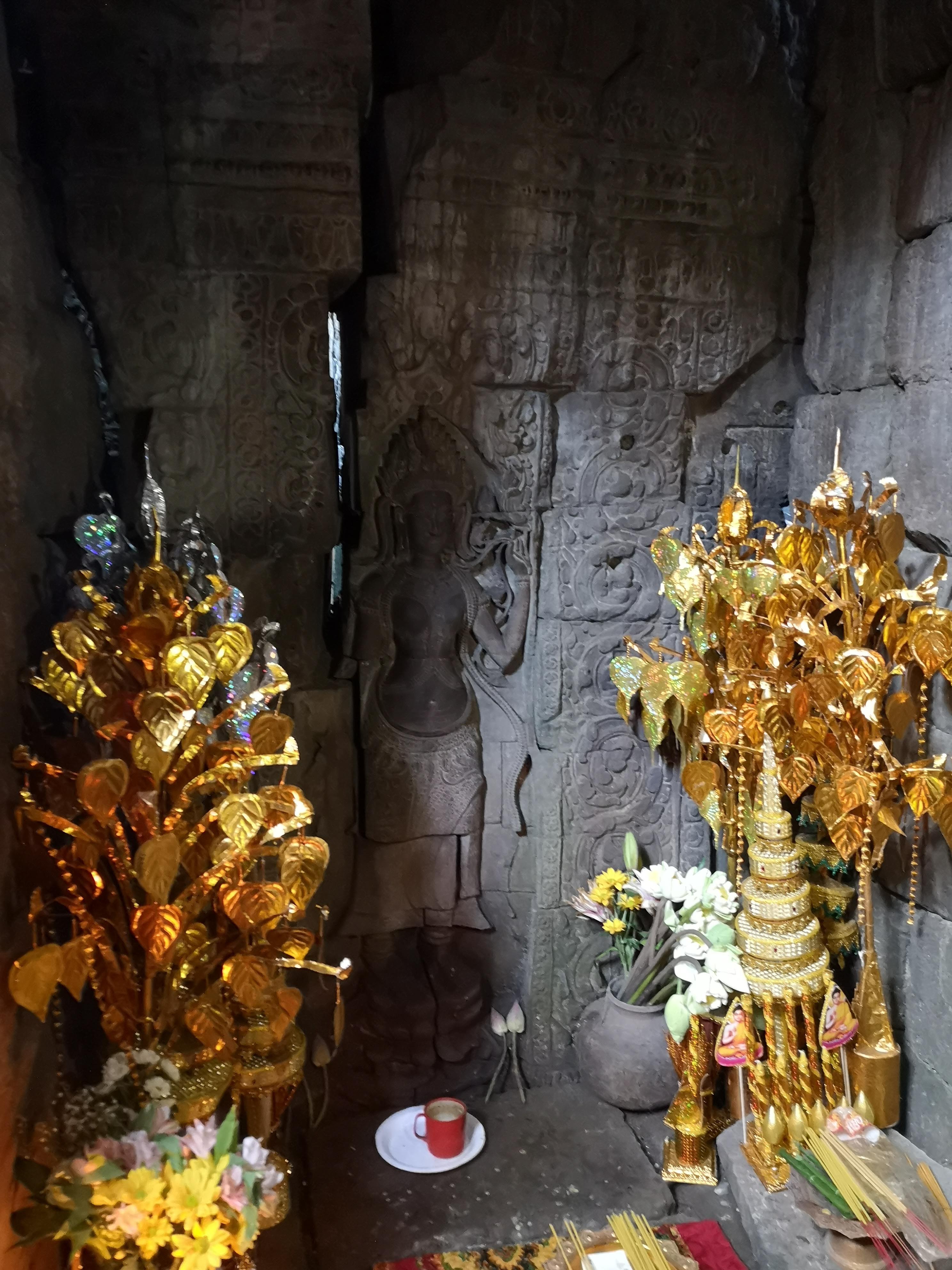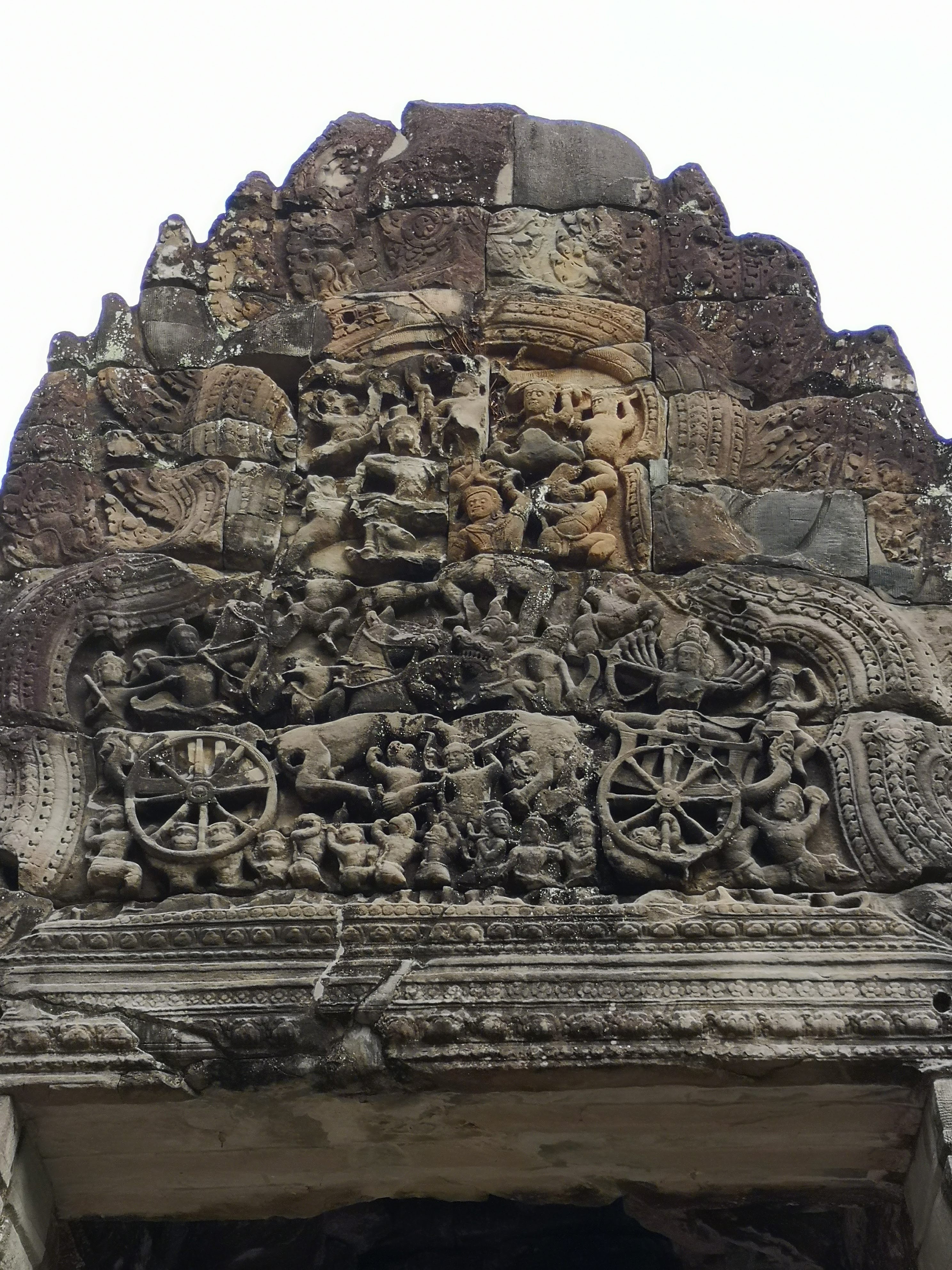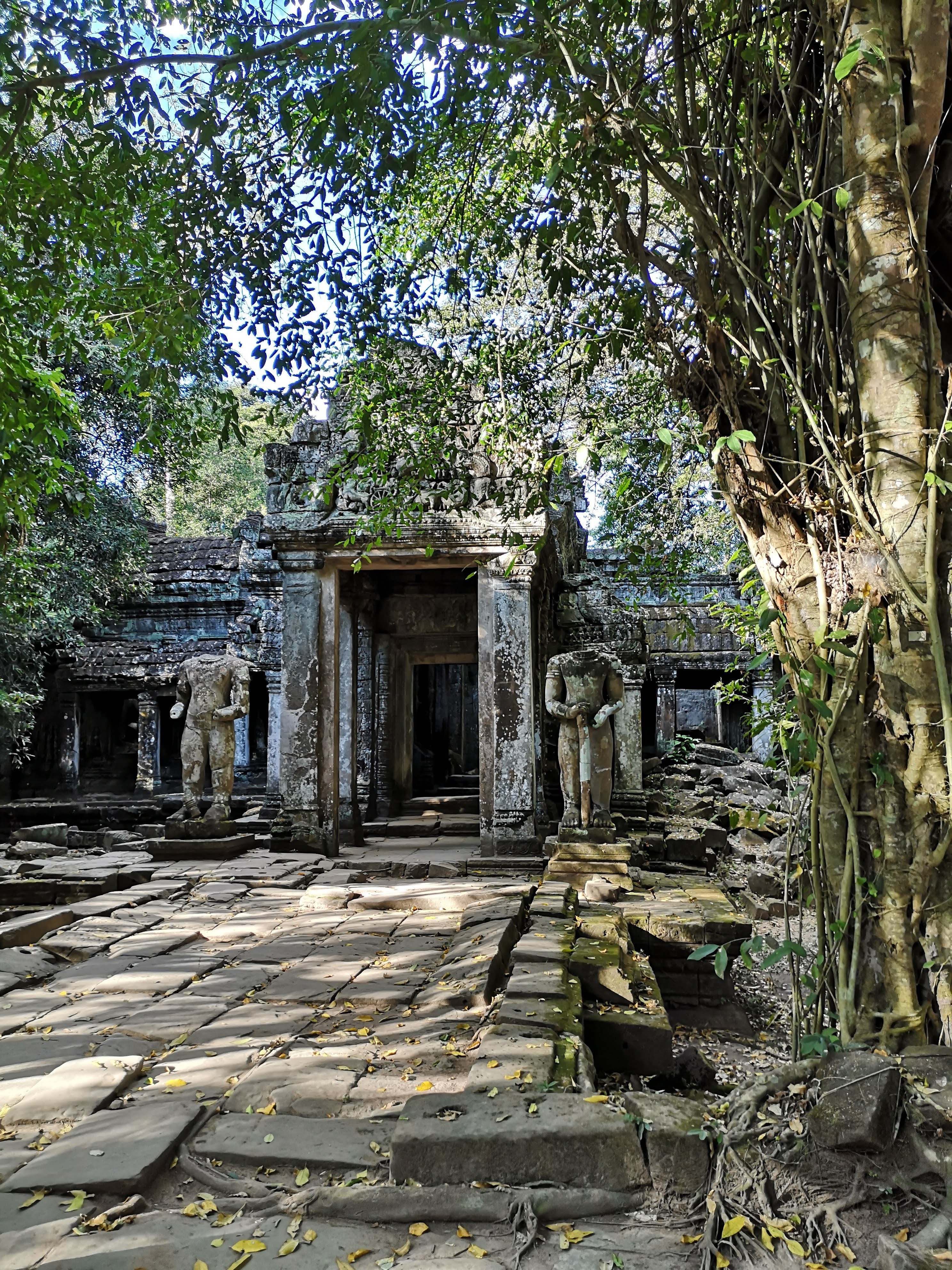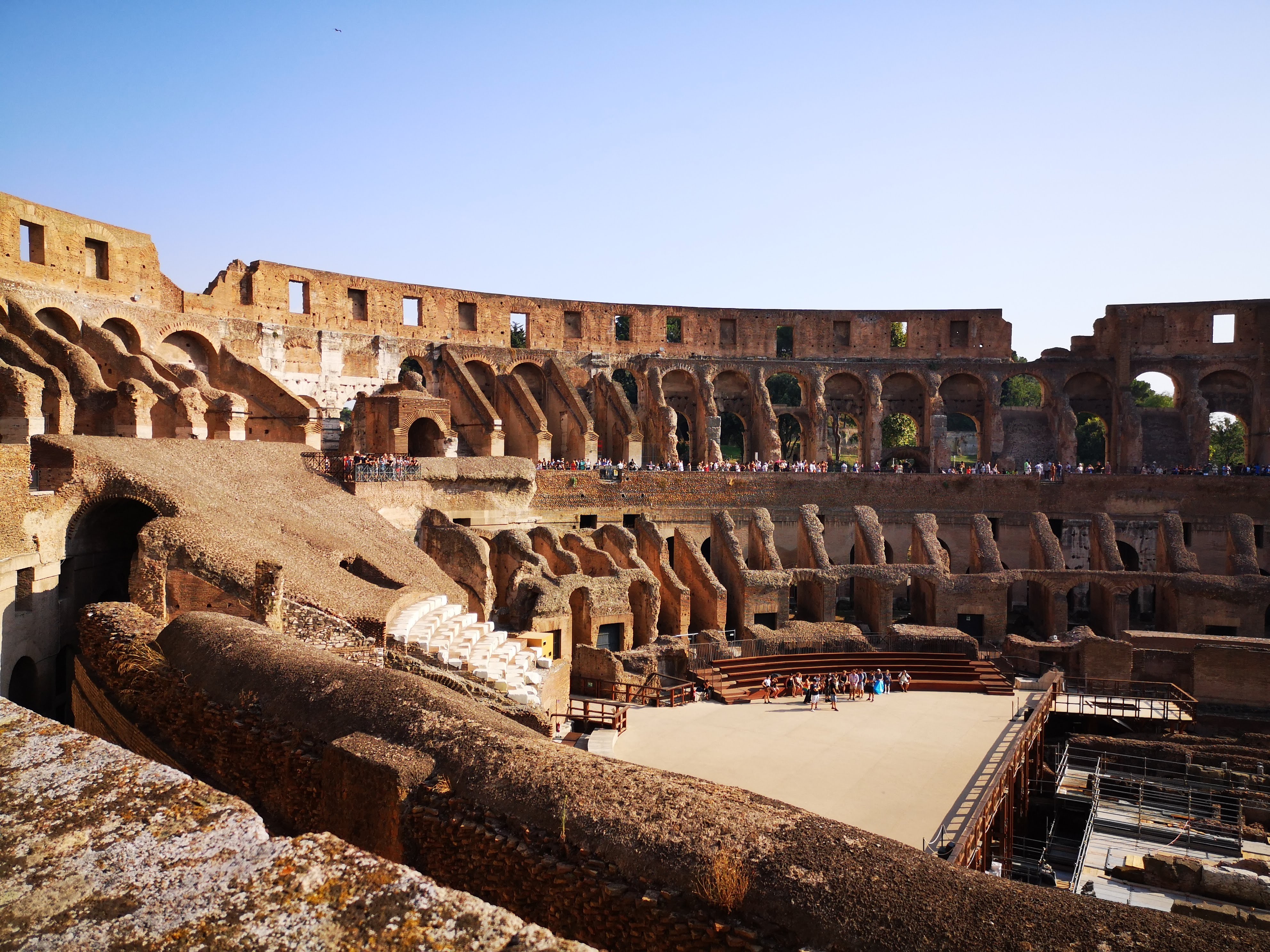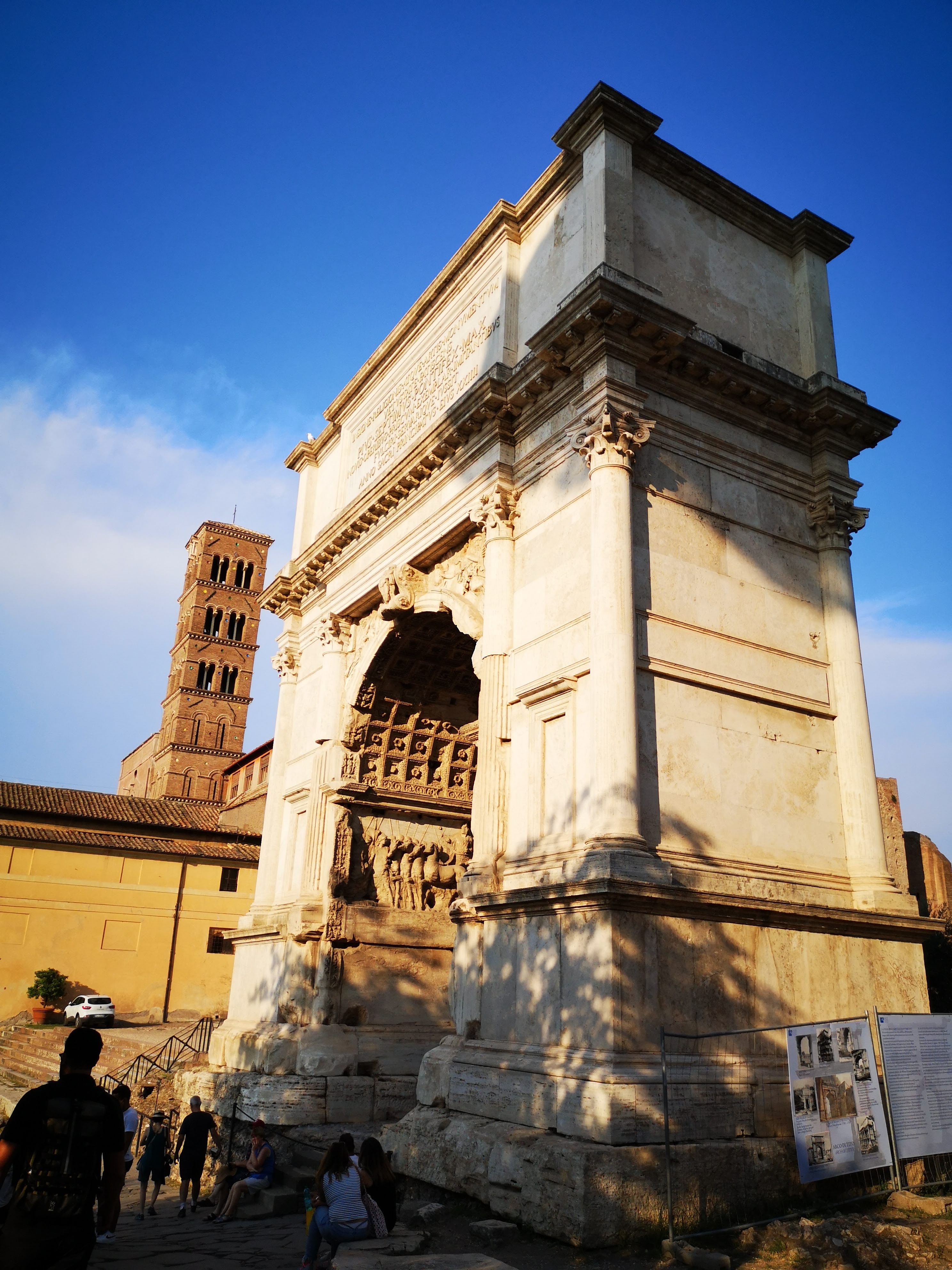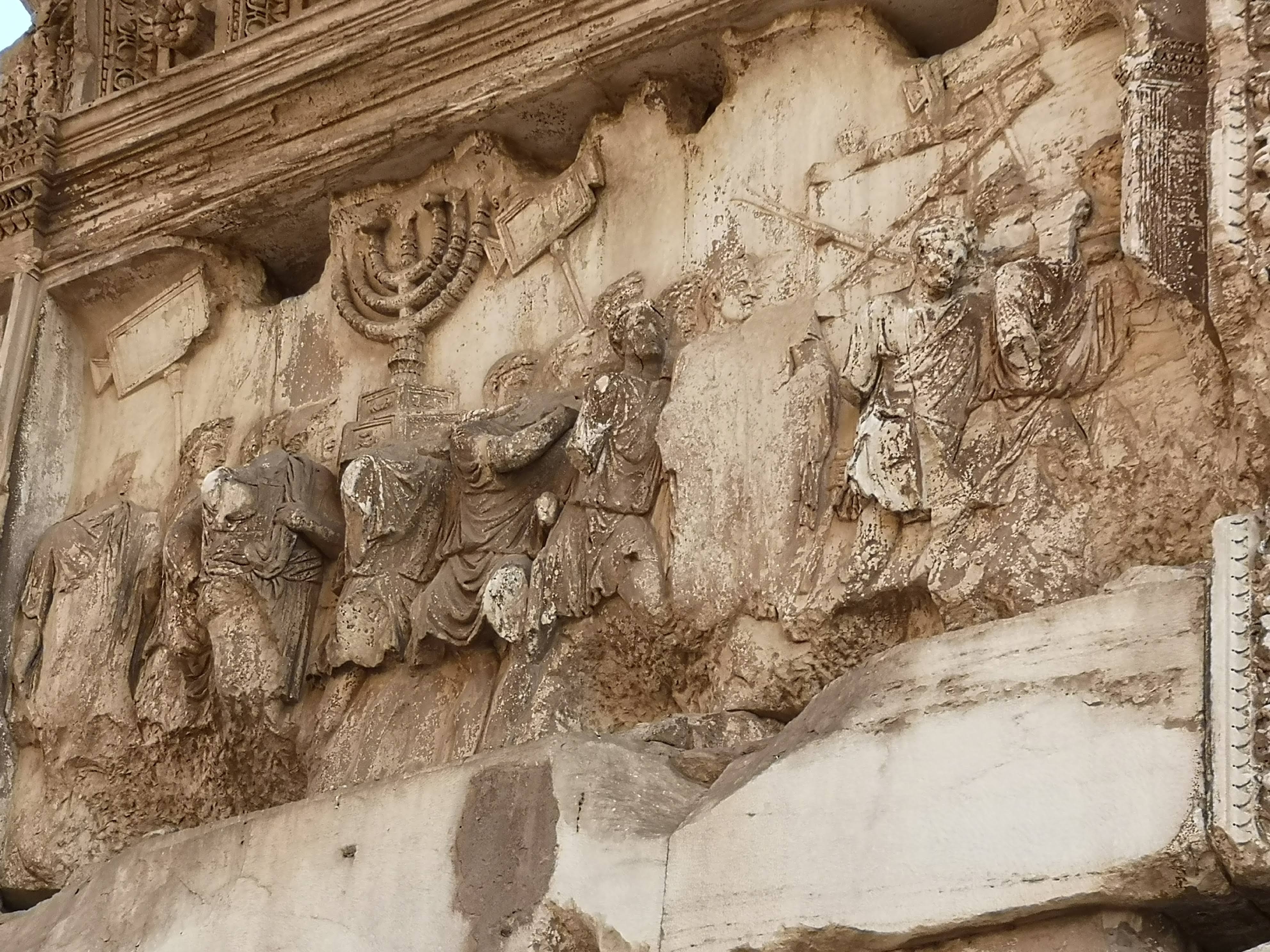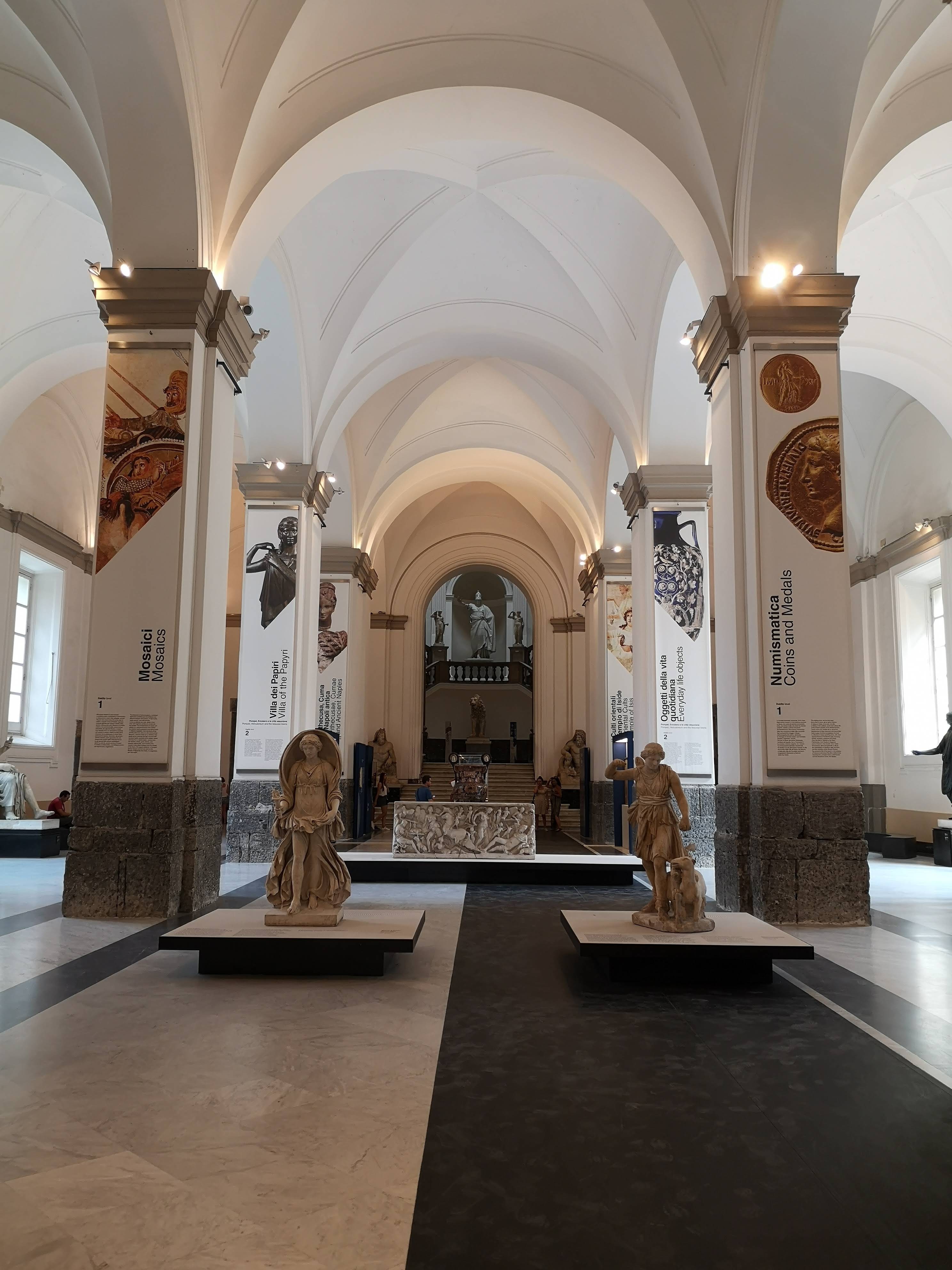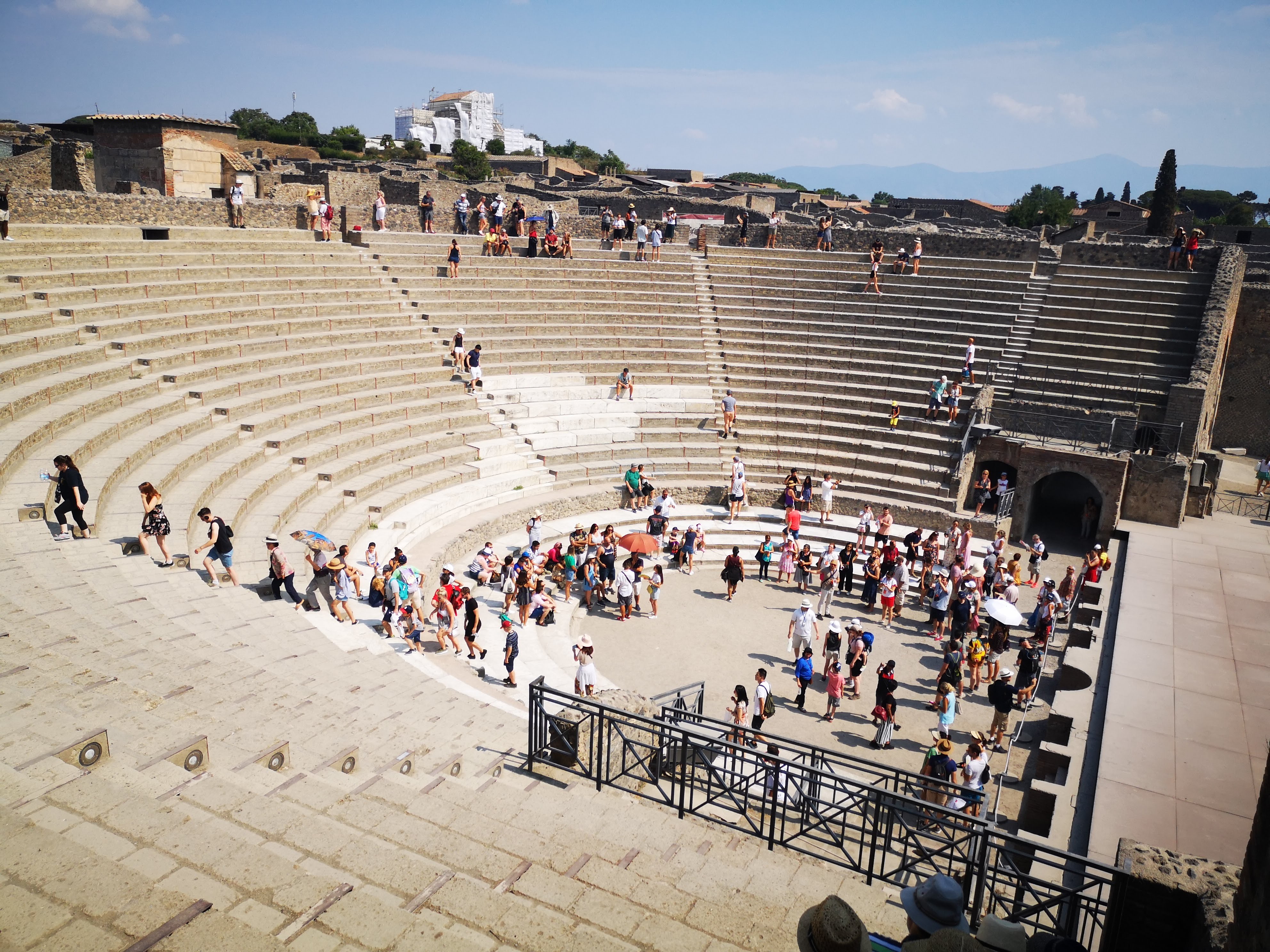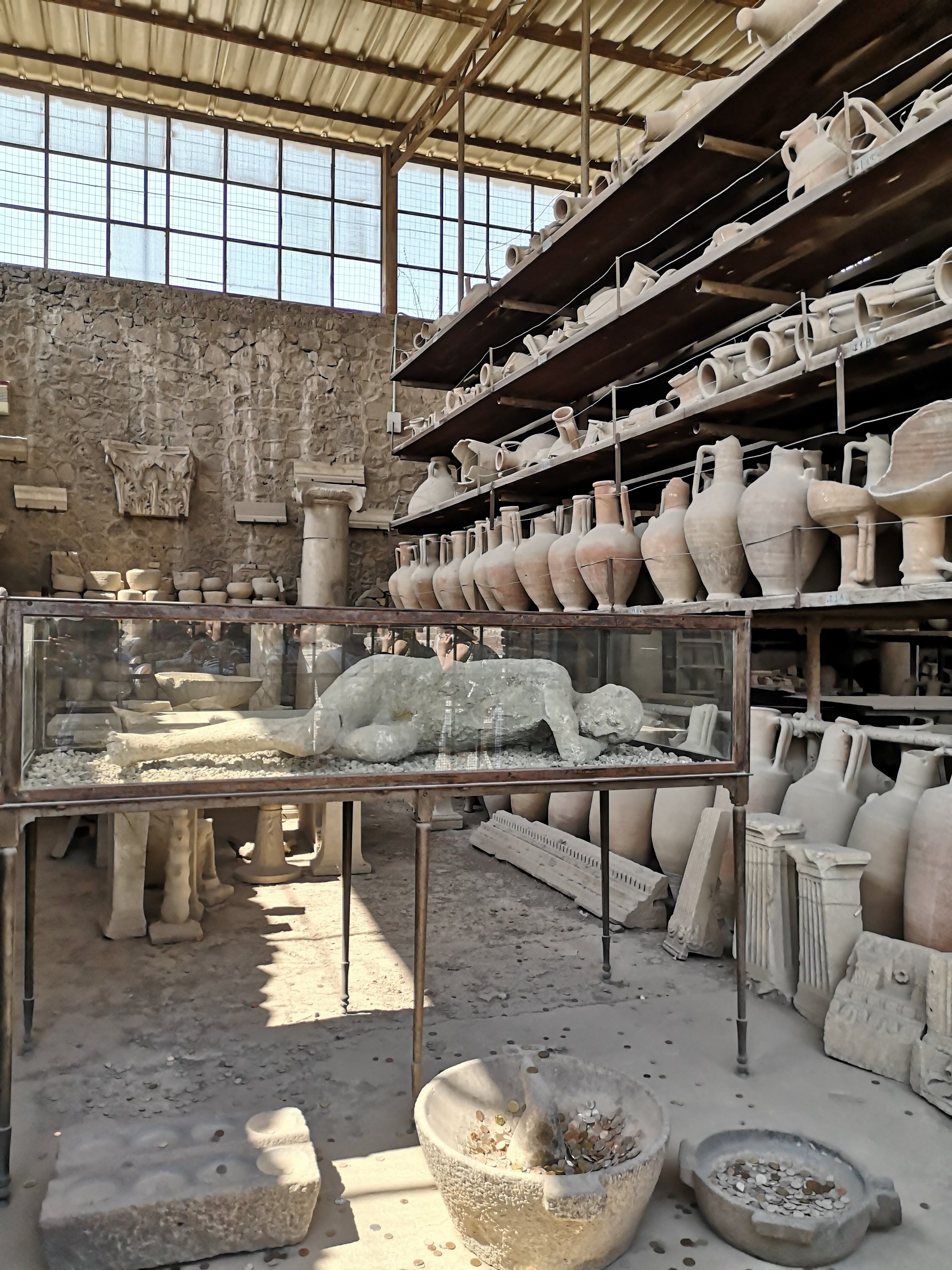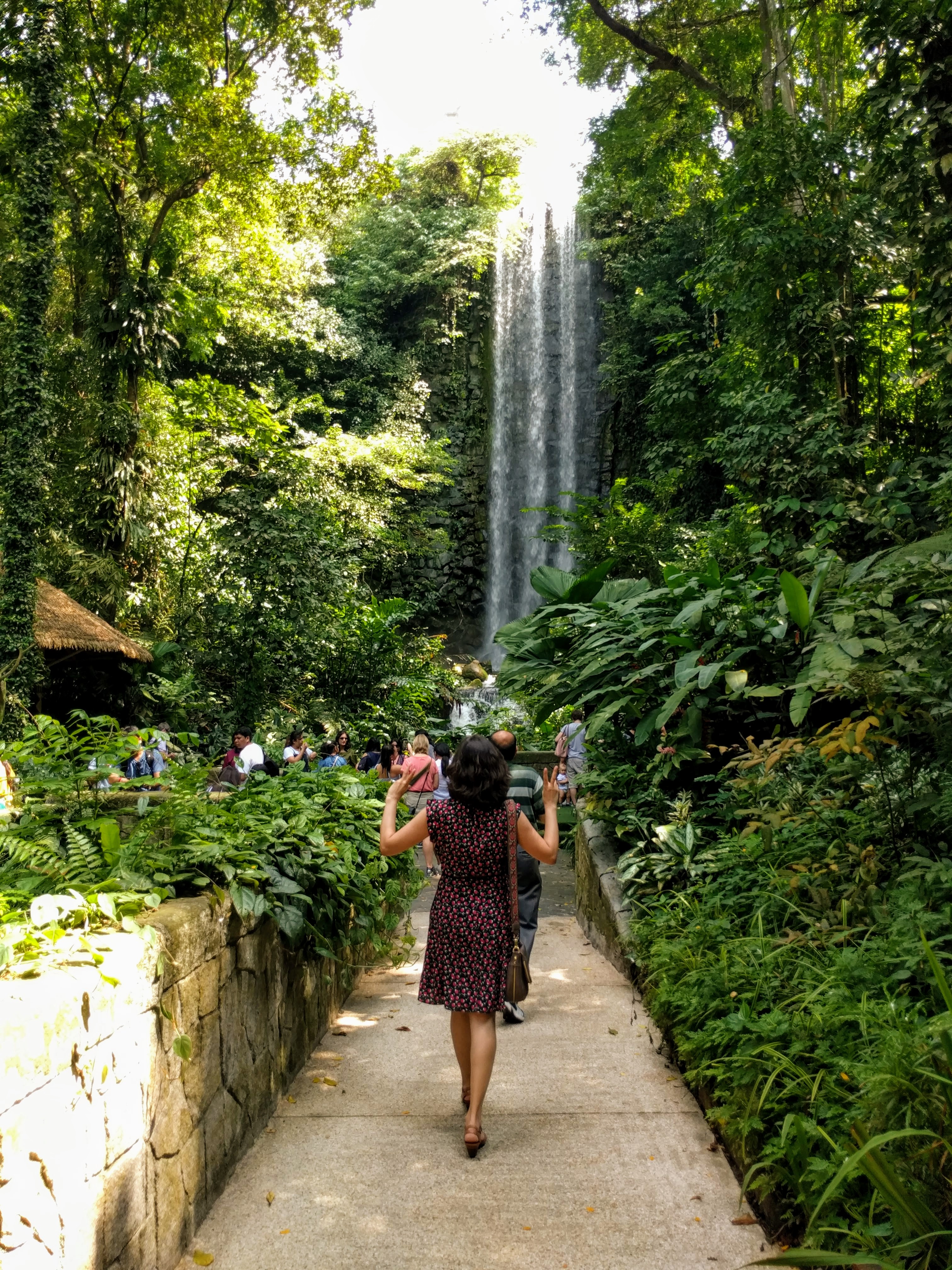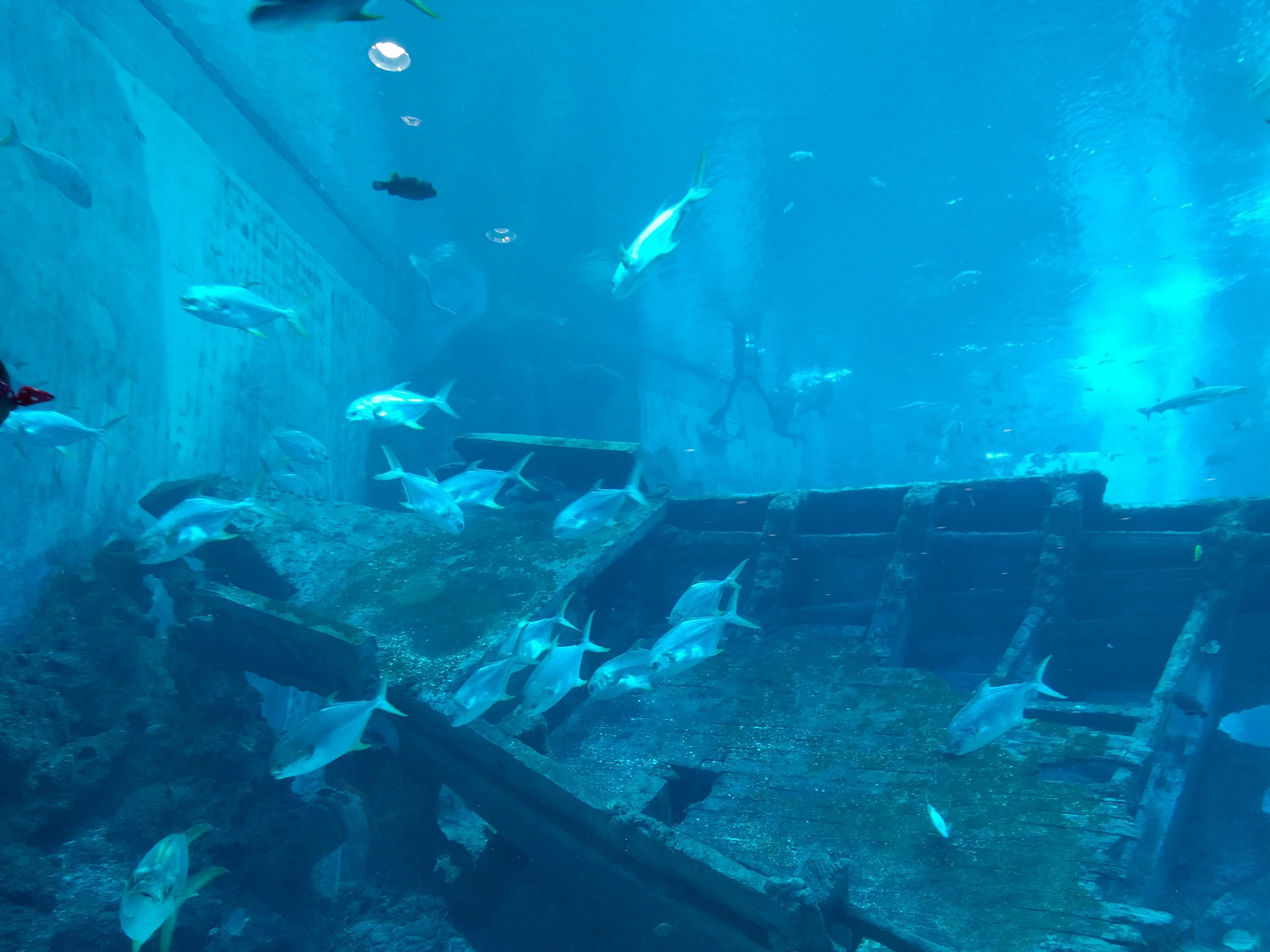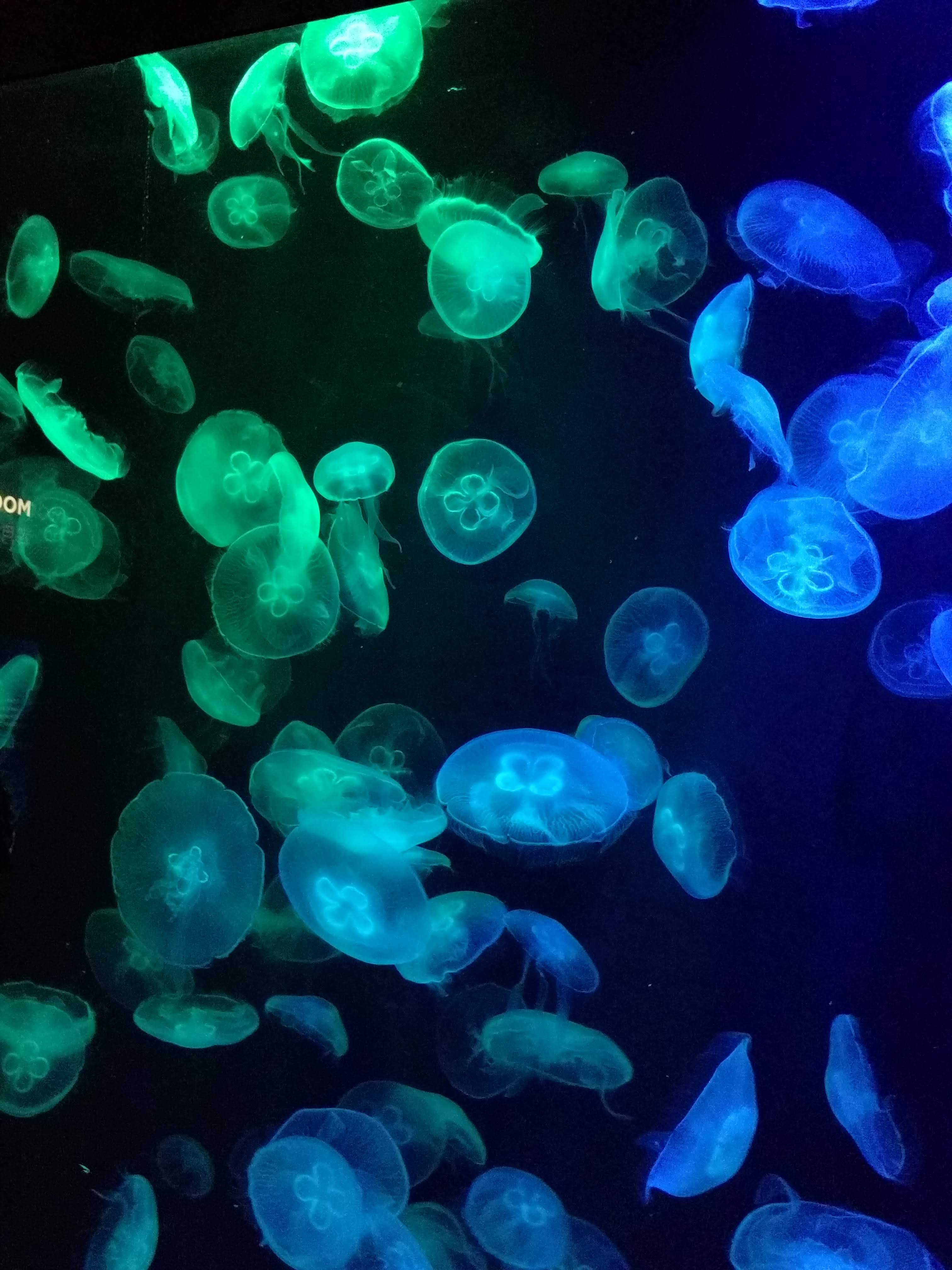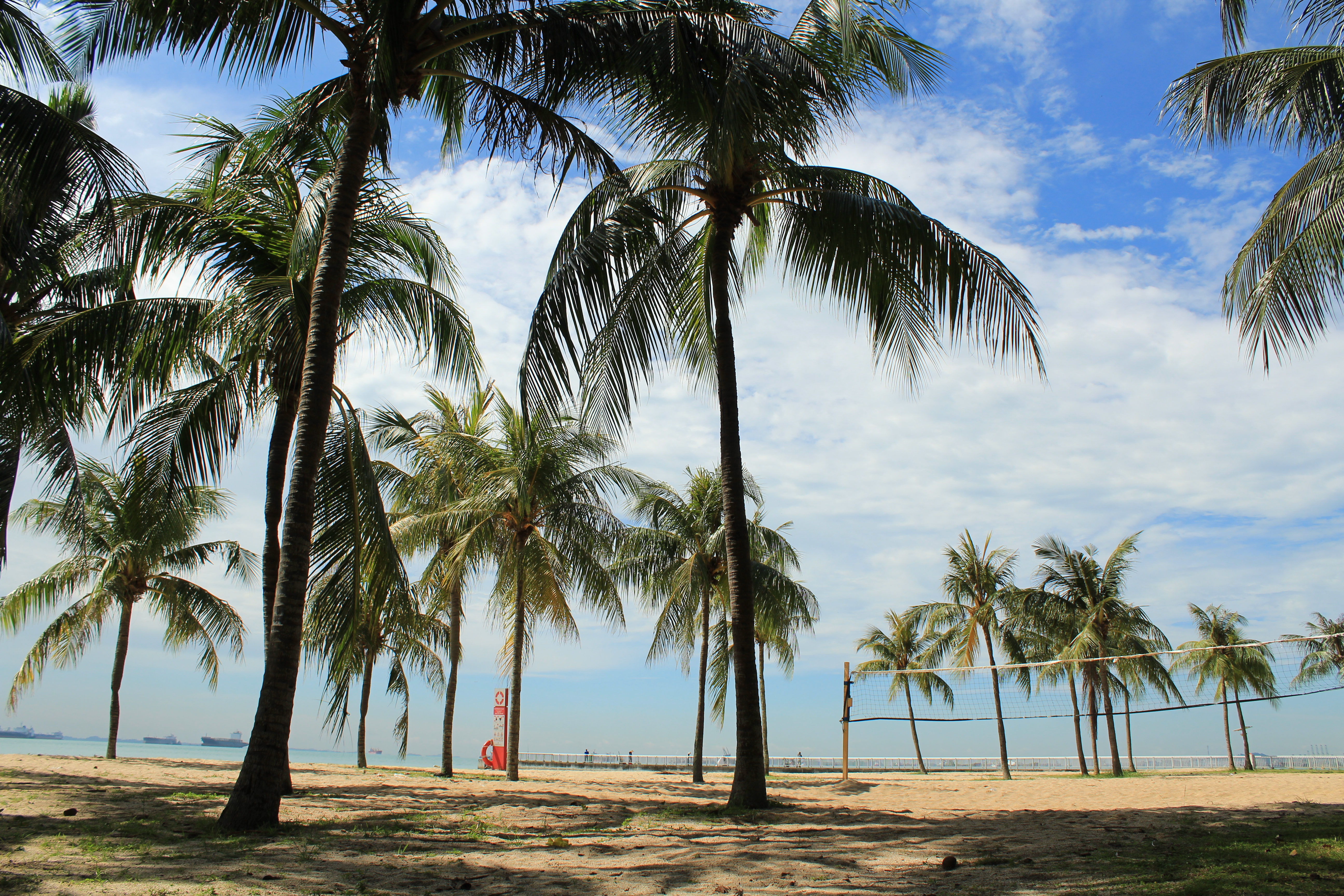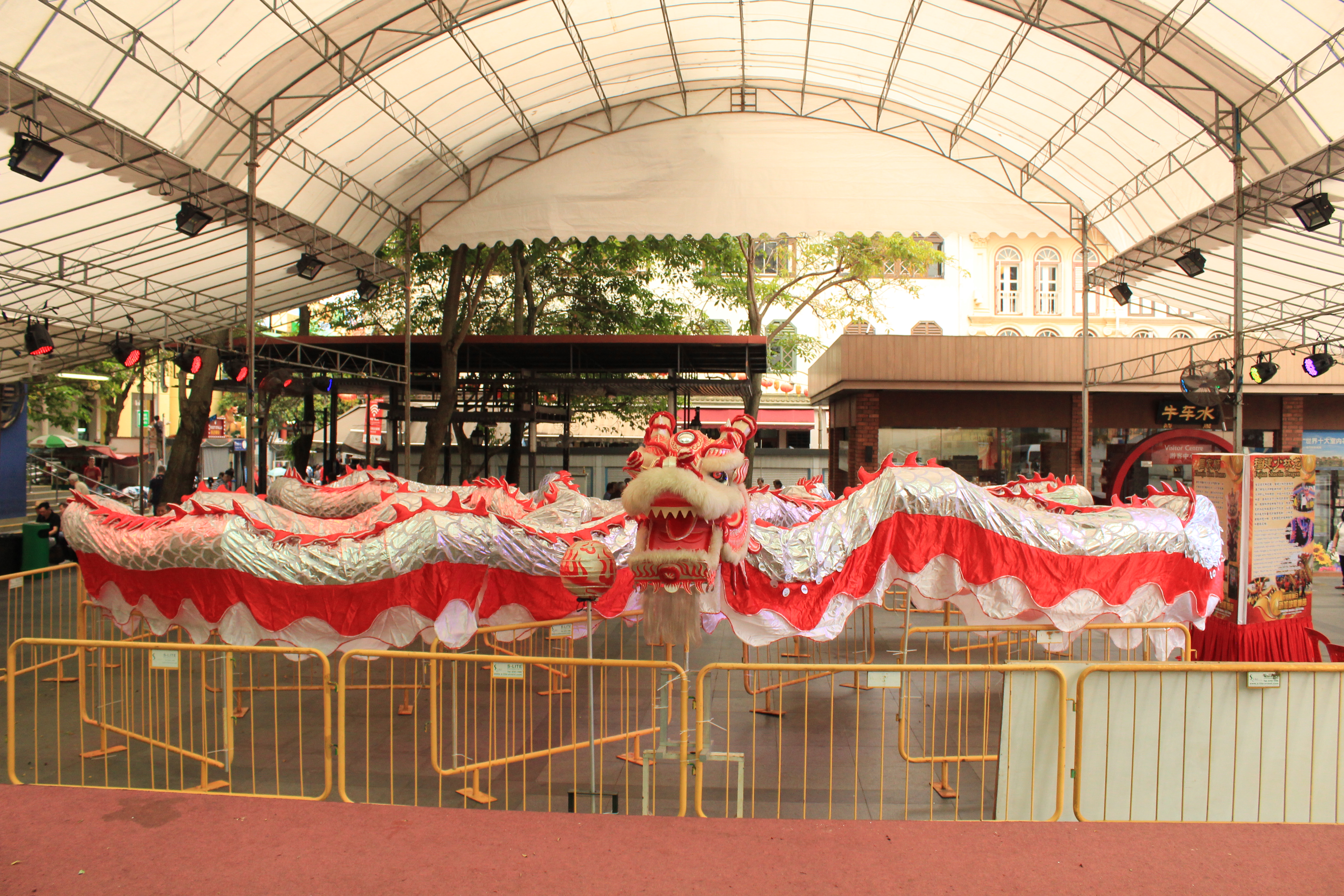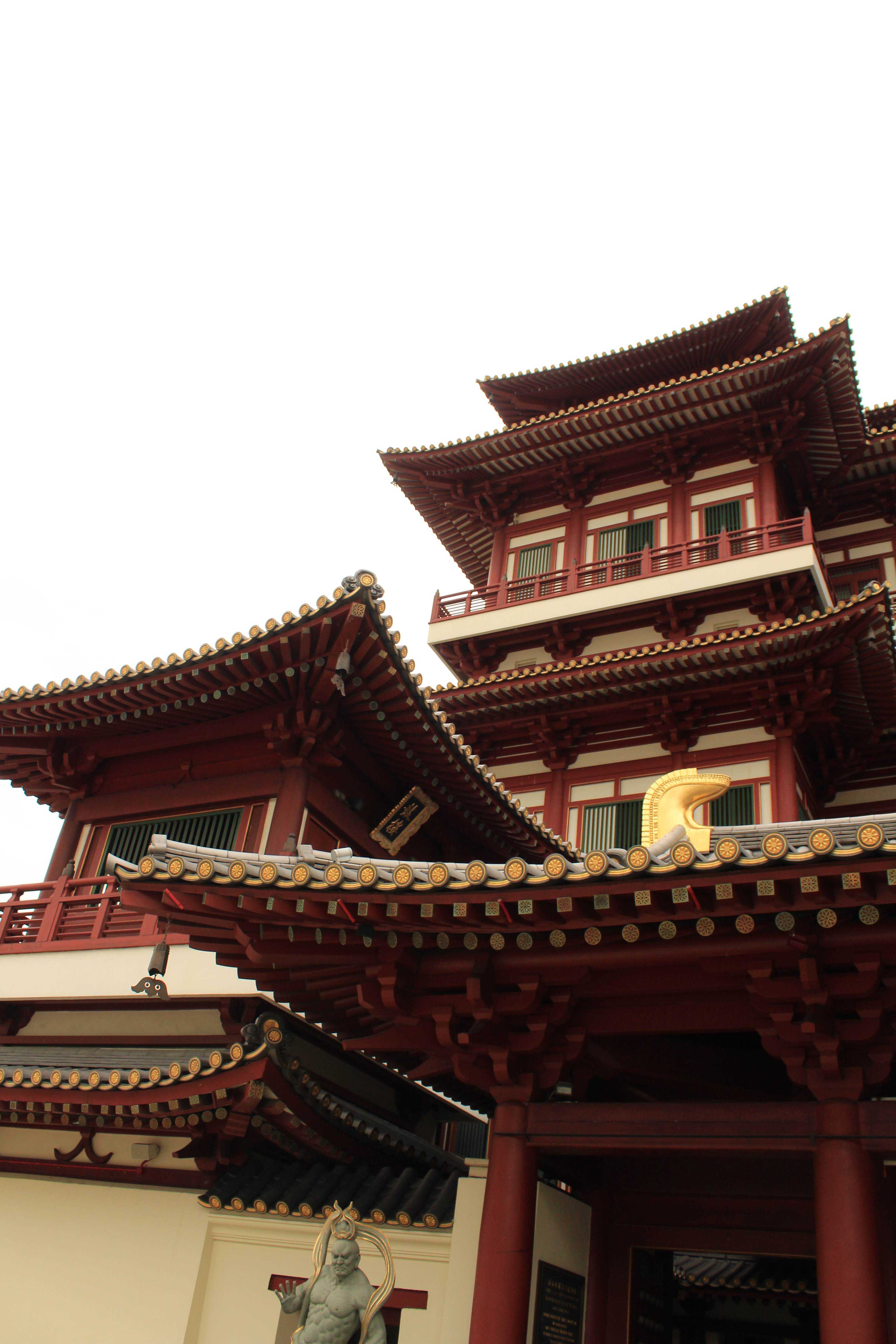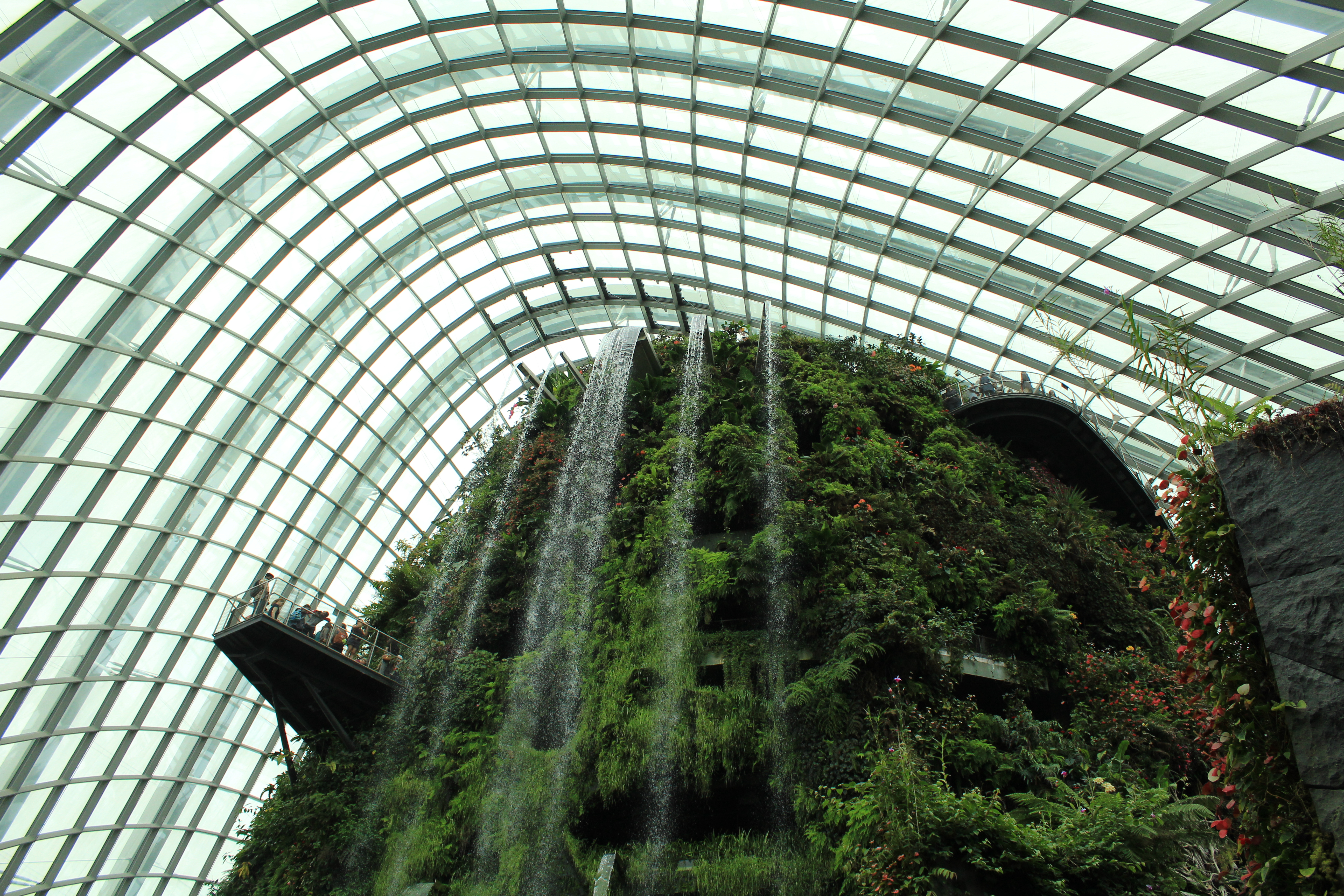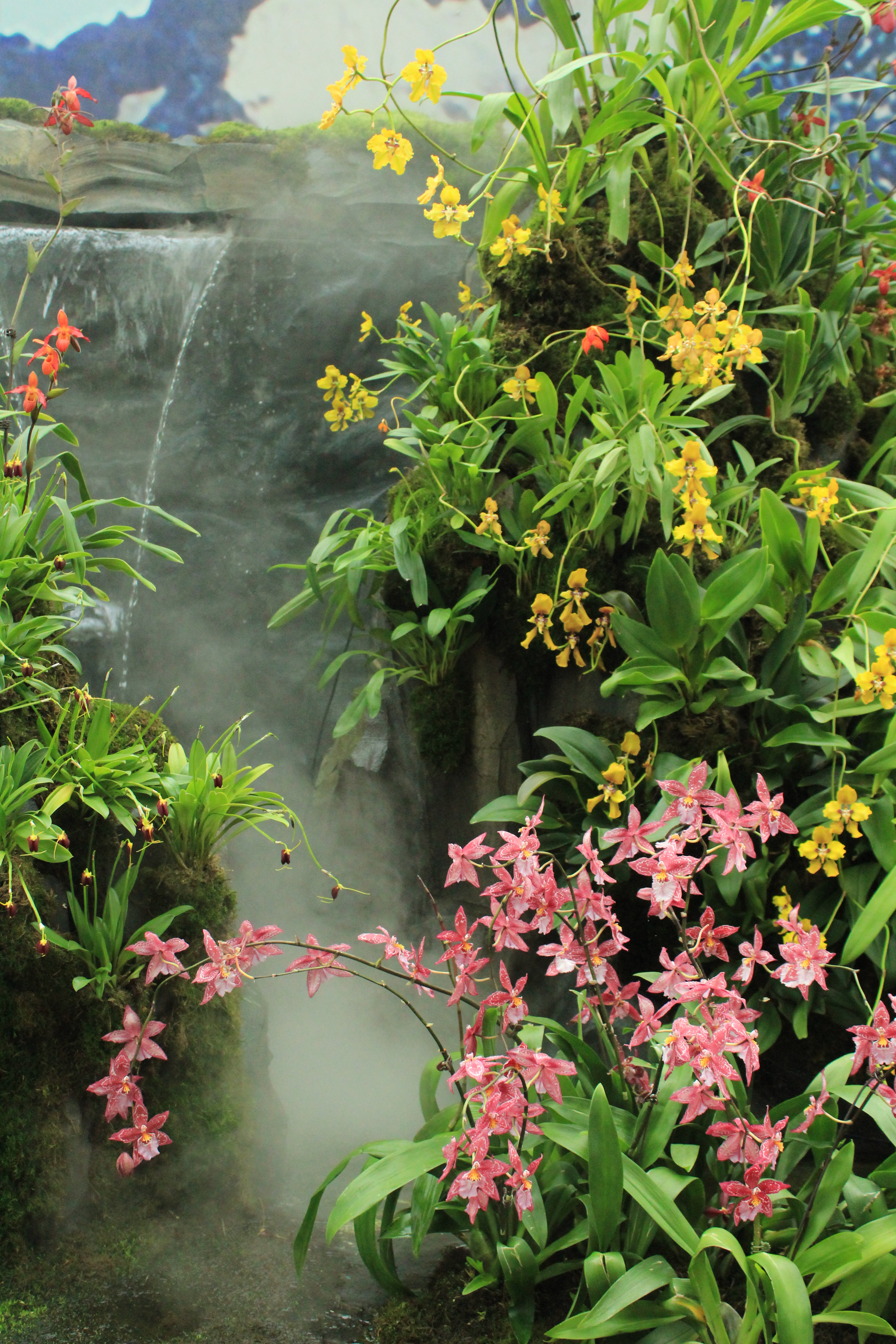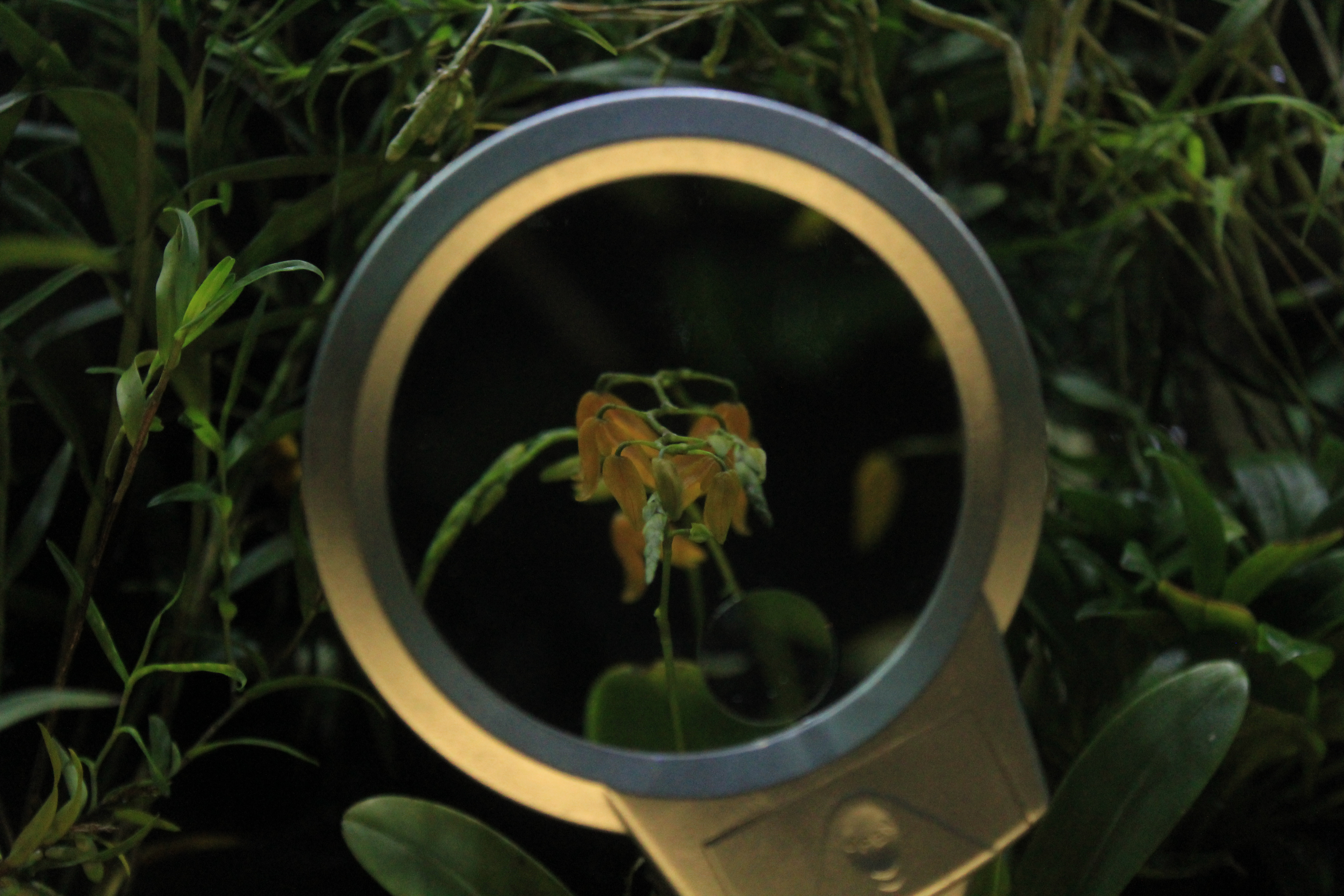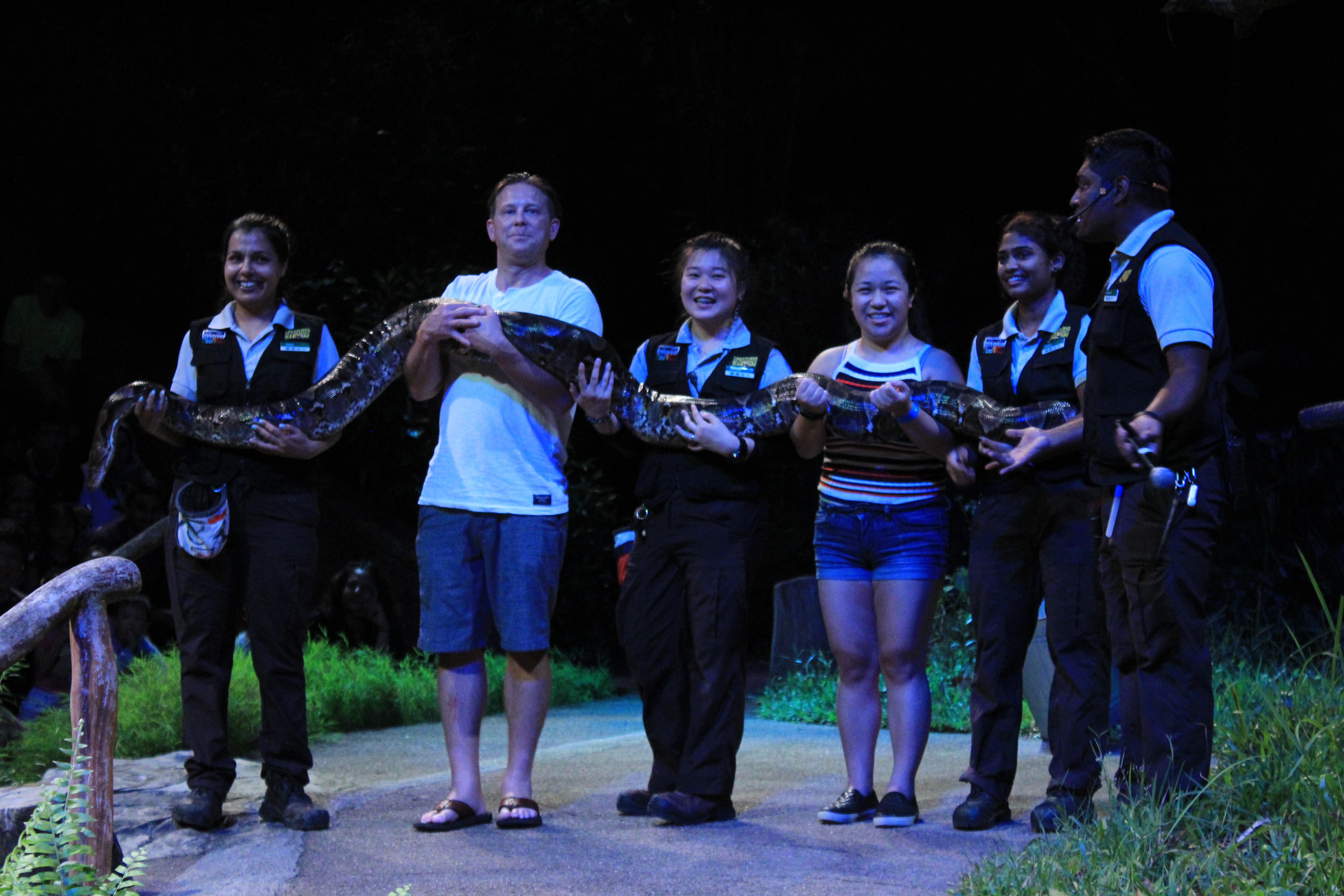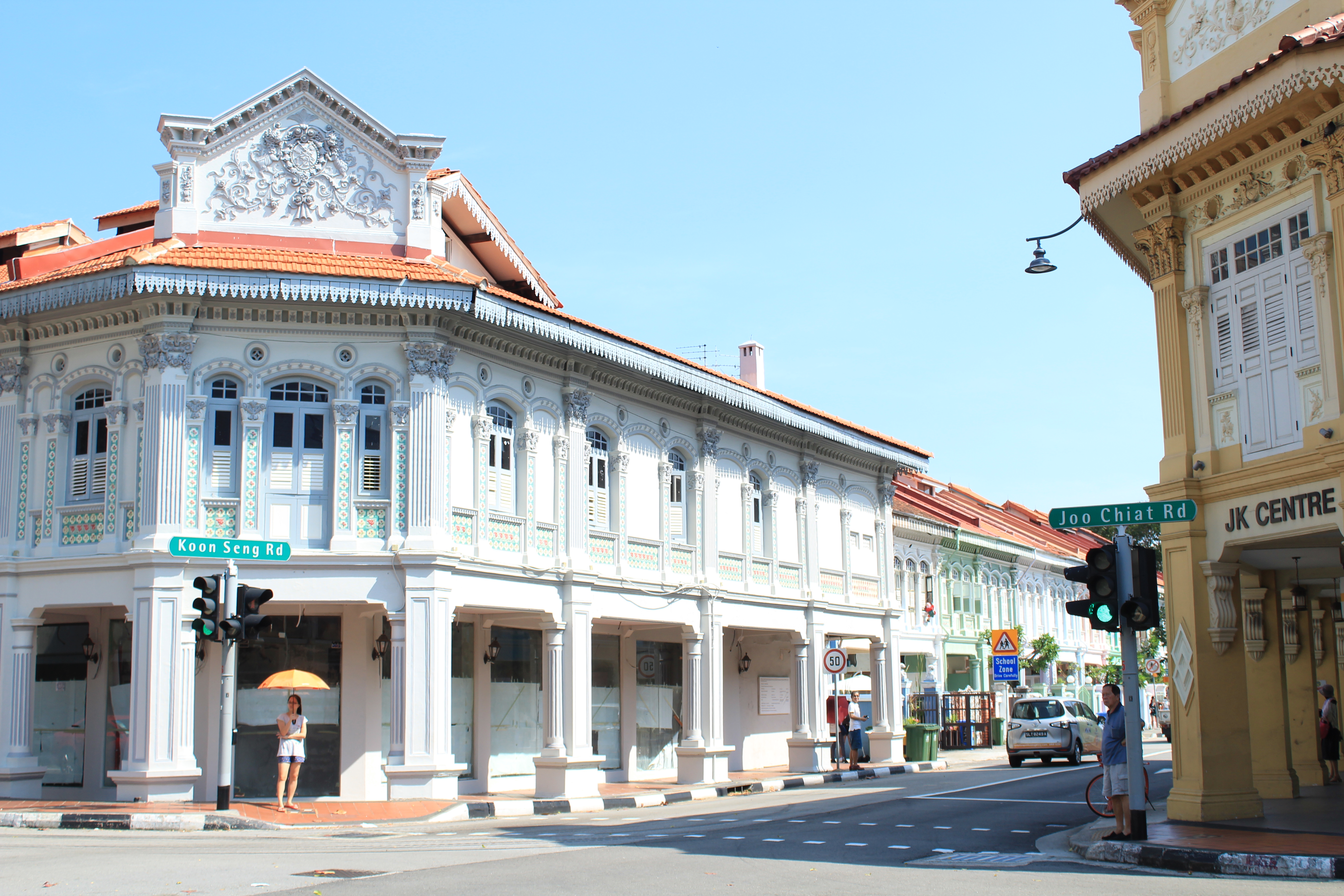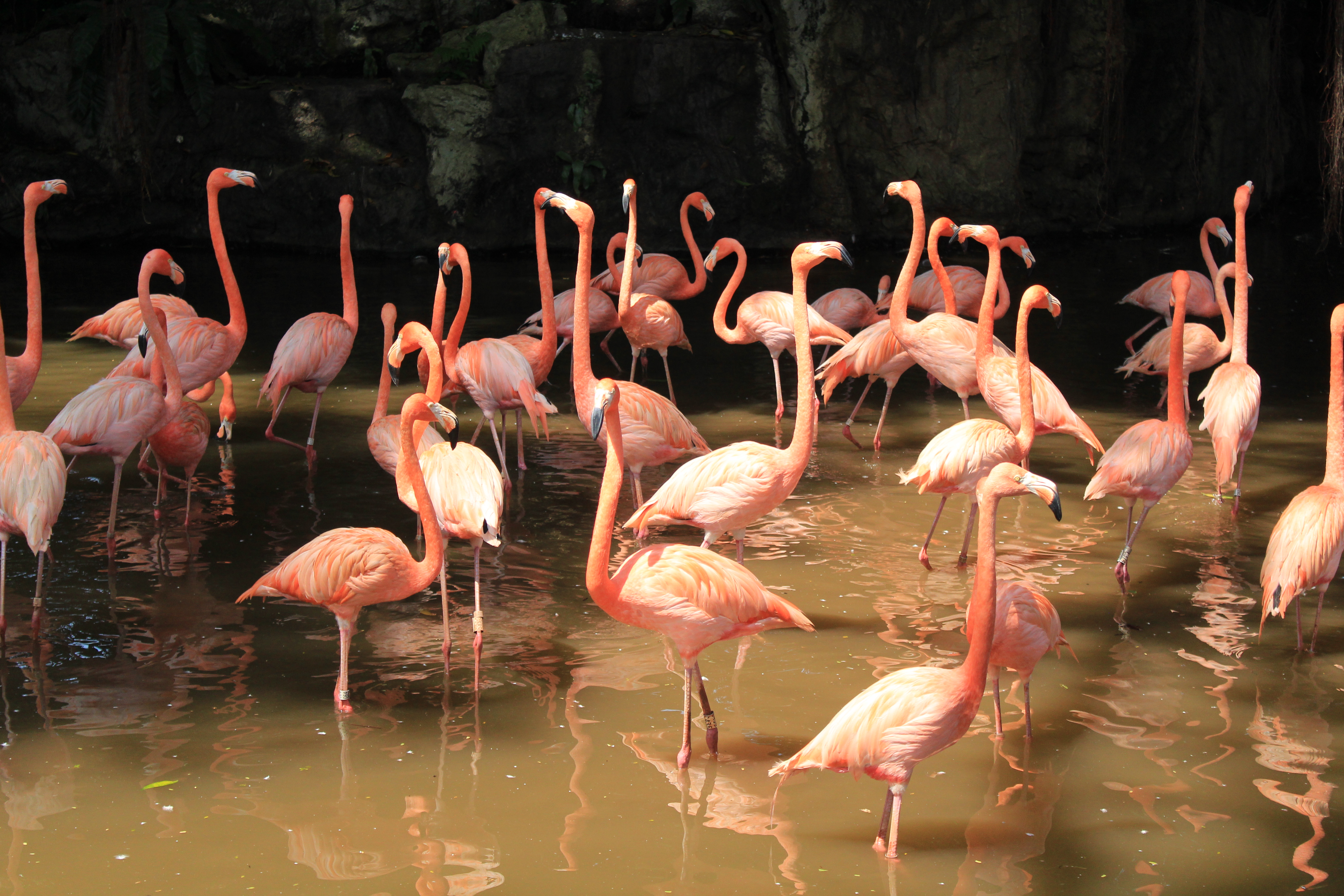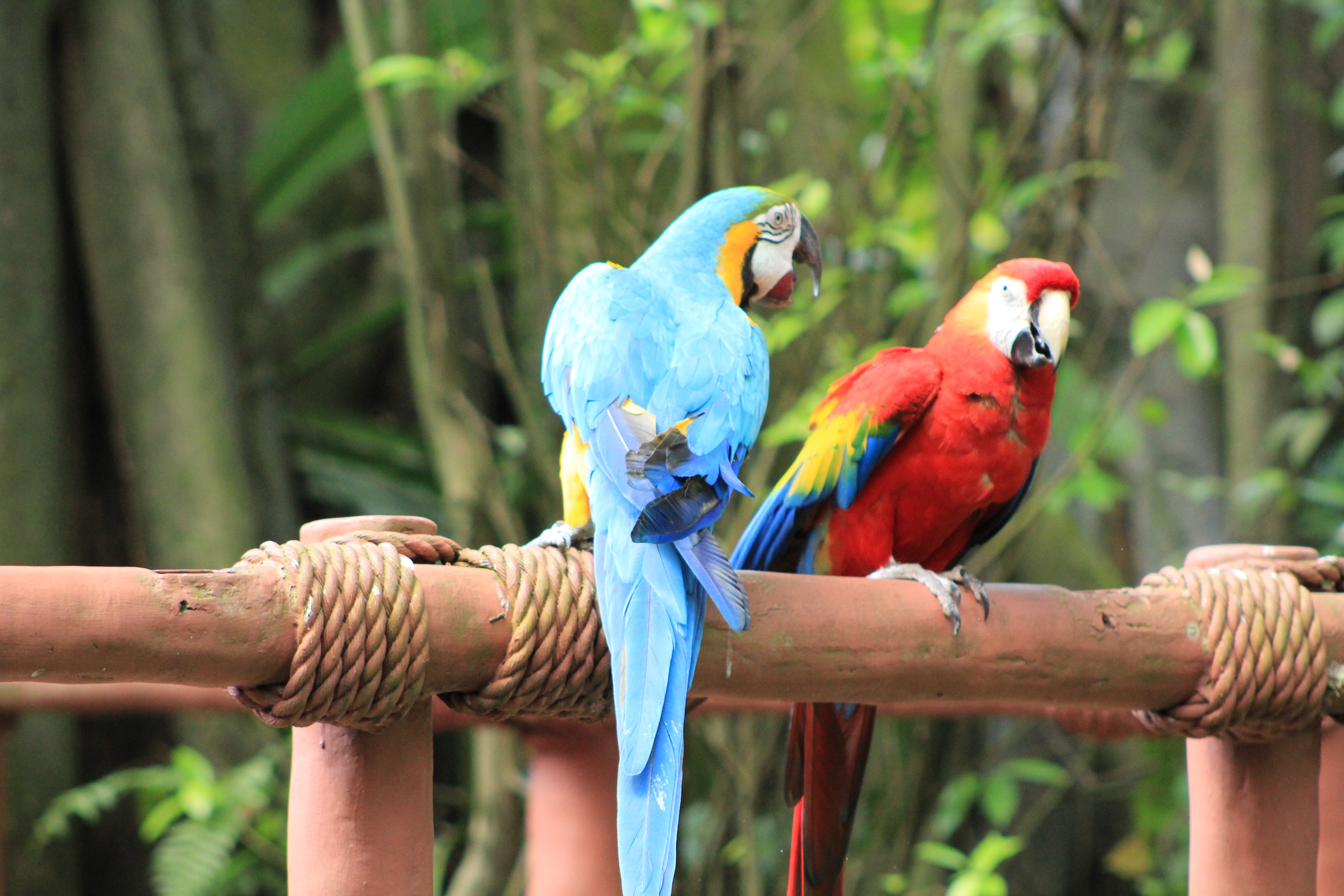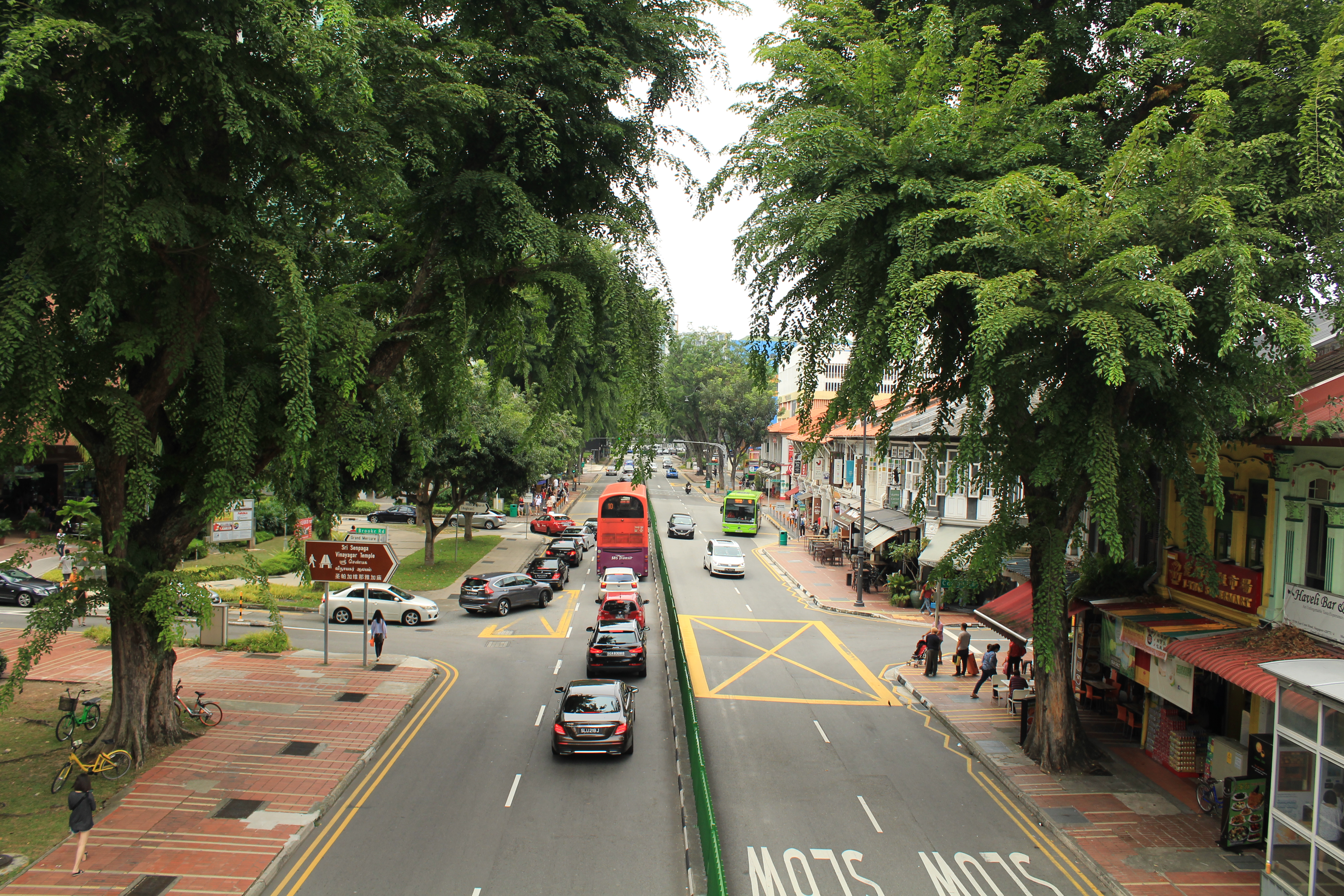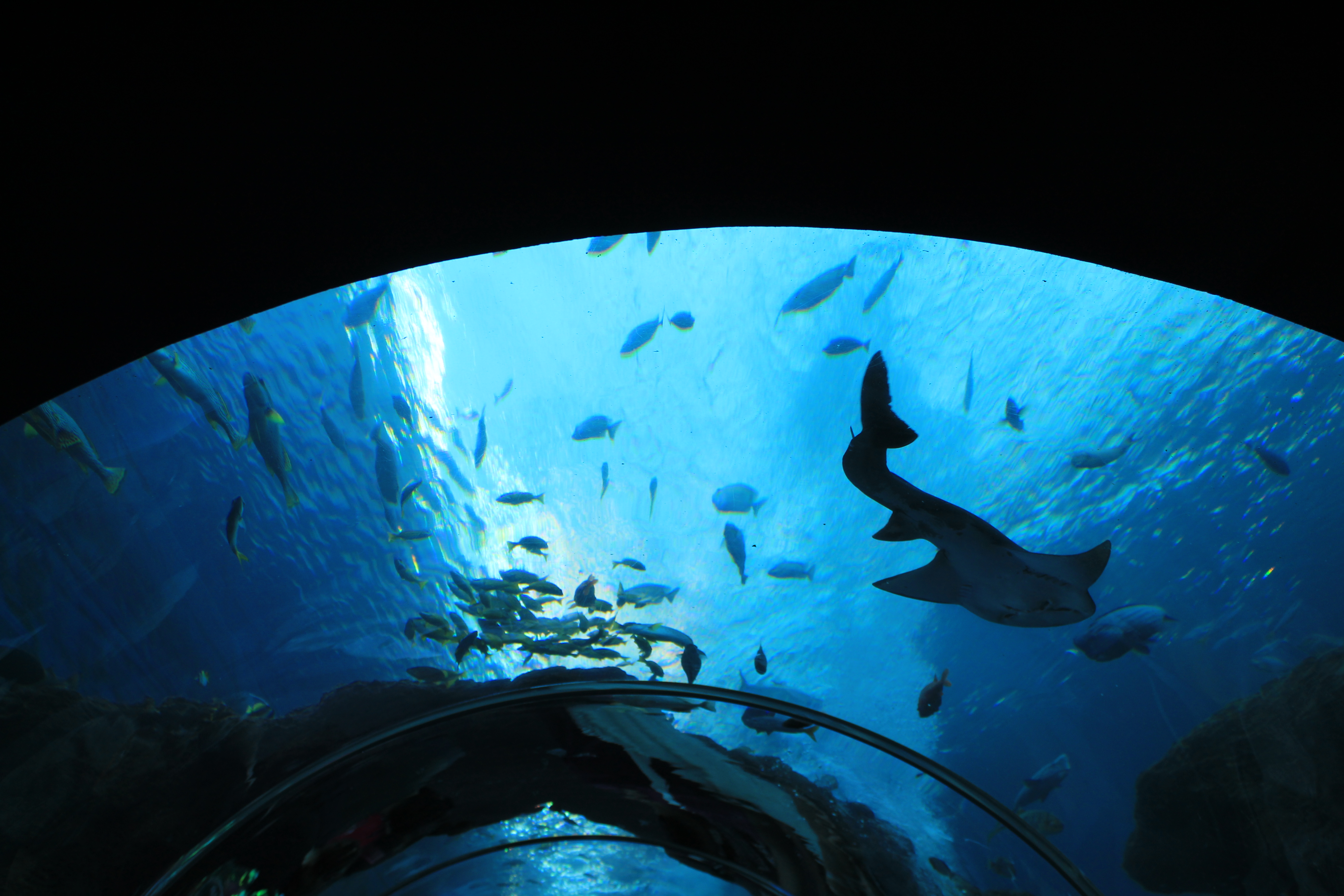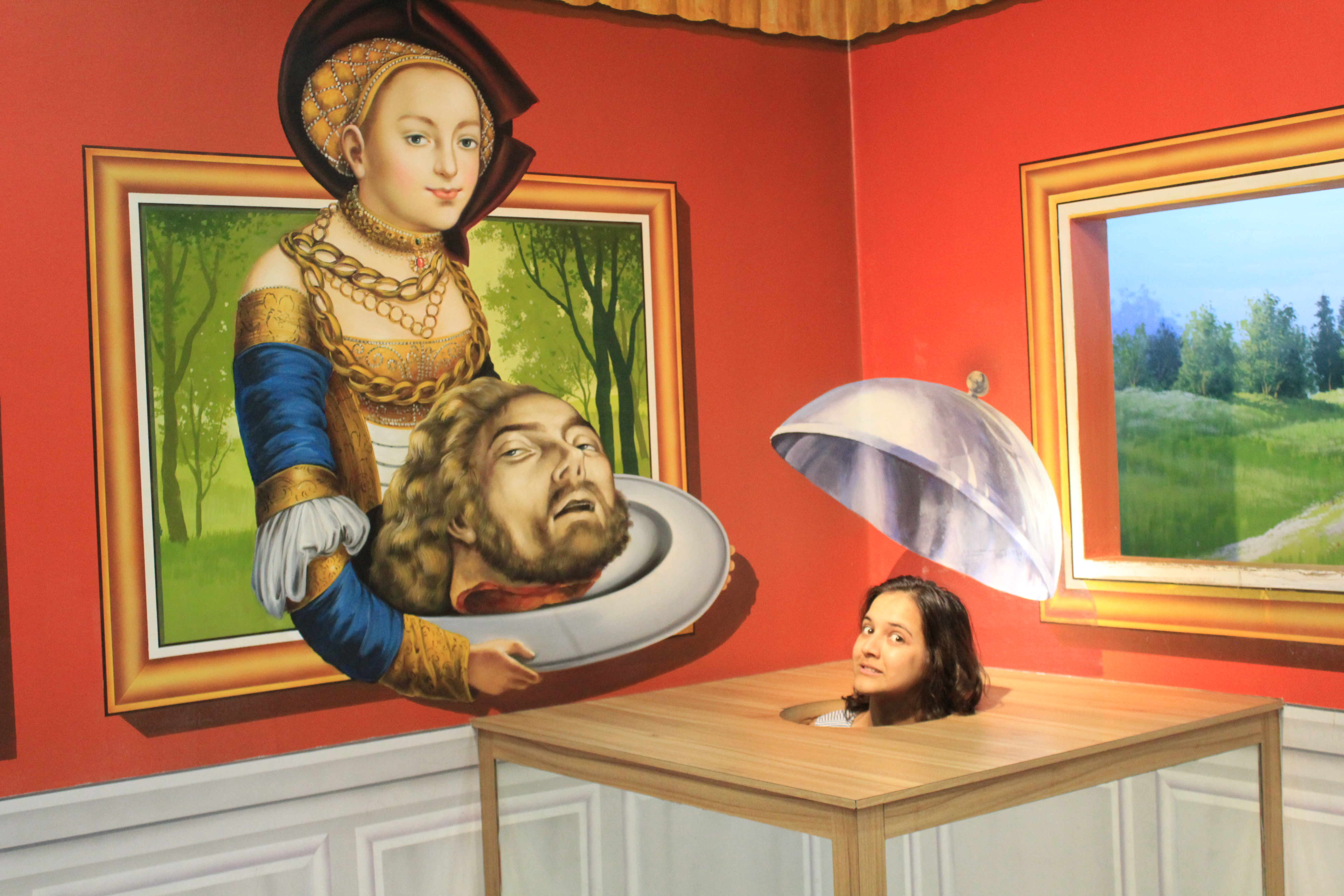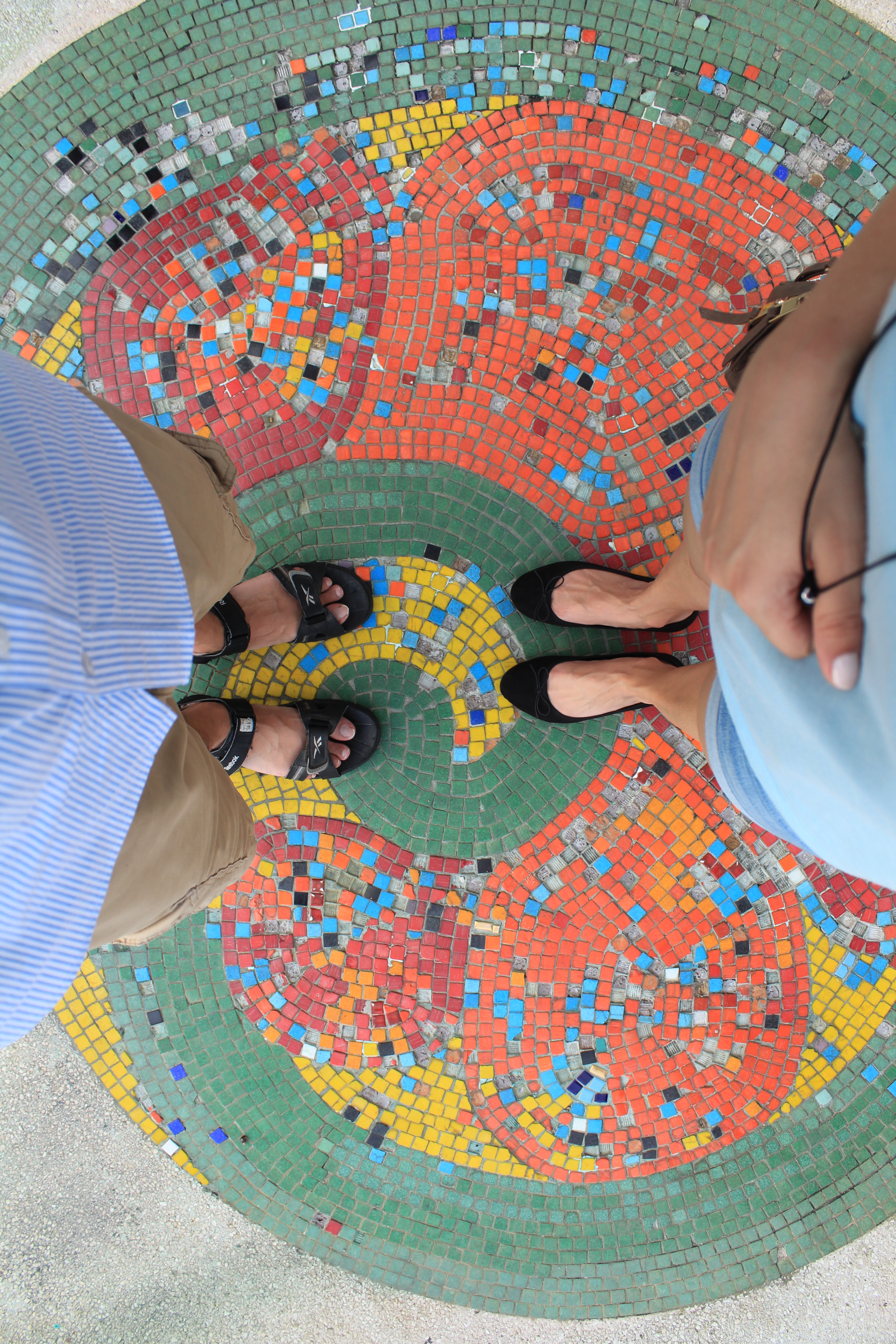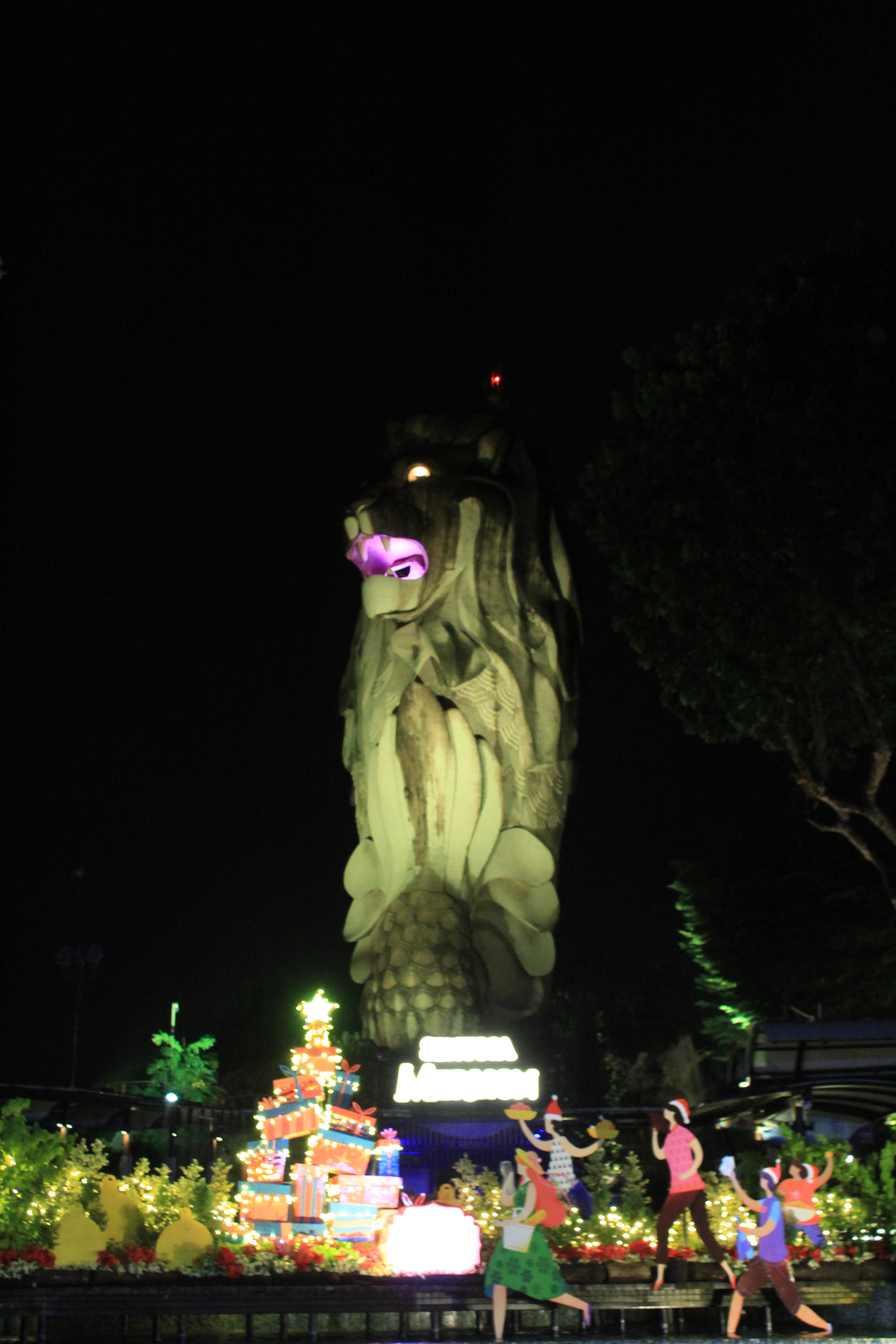Little water-babies that we are, we wanted to have a fair share of beach relaxation before the night of nail-biting (a.k.a. the US election night). And so, we hopped into the car, and off we went to San Simeon in Central California… But to be honest, it was not as impulsive as I made it sound. Ro and I had planned a beach camping getaway at Morro Bay Strands since a while. And the San Simeon pitstop was just an extension for the Morro Bay camping to follow.
Morro Bay
The sea lapping at the sandy beach was more endearing here at Morro Bay with its gentle calmness. The sheer blueness extending on both sides mentally transported me back to the Mediterranean. It is not just I who was transported there, and the antique shops in the Morro Bay downtown fostered the European sea-life charm further. Whitewashed or pastel colored exterior for the low-rise buildings skirting along the Bay marries the American and European charm.
Naturally formed bay and estuary (and the sand bar) at Morro is a part of eroding volcanic formation from millions of years ago. The iconic Morro Rock is the volcanic outcrop from the oceanic floor that stands tall to this day. Morro Bay is home to many aquatic and amphibian species. Finding varieties of kelp, sand dollar and other aquatic life on the beach, are common things when one takes a casual stroll on the sandy beaches.

We camped to the north of Morro Bay downtown, at the Morro Bay Strands. The beachside campsite offered lovely views of the beach and the most coveted spot for sunsets. Incidentally, we were at the site on a full moon night, and the night views were spectacular! Overall, we were surrounded by natural beauty all around – while being at a stone’s throw from the city.

Morro Bay was a highlight for us for the array of dog-friendly activities. Kuro had a blast running on the beach, playing in the sand, peering down from the pier, and chasing the gulls! Another thing Kuro did for the first time was accompanying us in the canoe! a tiny dog that he is, he smelt the gentle Bay breeze, and gradually warmed up to the idea of having fun in a mobile contraption on water (the canoe). I was impressed by the other dogs who accompanied their humans on the paddle board and maintained their calm composure. That may be the next step to aspire for, for little squirmy Kuro!


Mammals and birds at Morro Bay
And oh, the birds and aquatic animals at the Bay! I was spoilt – with the sightings of herons, cranes, egrets flying, fishing, and doing their thing as we walked on the beach and then to Morro Rock, and then when we sat by the pier. We didn’t catch a glimpse of any whales, presumably because they all swam to the south to breed around this time of the year. The sea otters were plenty at Morro Bay around this time, and we joked how big they are, as compared to our little 7 lbs pooch.

Could we take a moment to express the annoyance about seagulls and geese? I absolutely adore all birds, don’t get me wrong. BUT, yappy seagulls and (entitled) geese that sometimes actively attack humans, have been on my list of annoying birds. And at Morro, seagulls were plenty! Surprisingly, like the sweet humans of Morro Bay, the seagulls there were not too annoying… Maybe the place rubs on you 😉

With some sporadic shopping, playing boardgames under the moonlight and cup of tea by the fire, we felt at home at Morro Bay. The sky was clear, and gradually we emptied our minds off work-stress et al. Camping also afforded us a sort-of analog life, away from internet and fancy gadgets. This time around, we did not take many pictures as much as capturing mental images of us having a good time, relaxing and soaking upthe sun.
We returned home with our hearts full, and plans for heading back to Morro sometime soon, to unwind 🙂
D.




